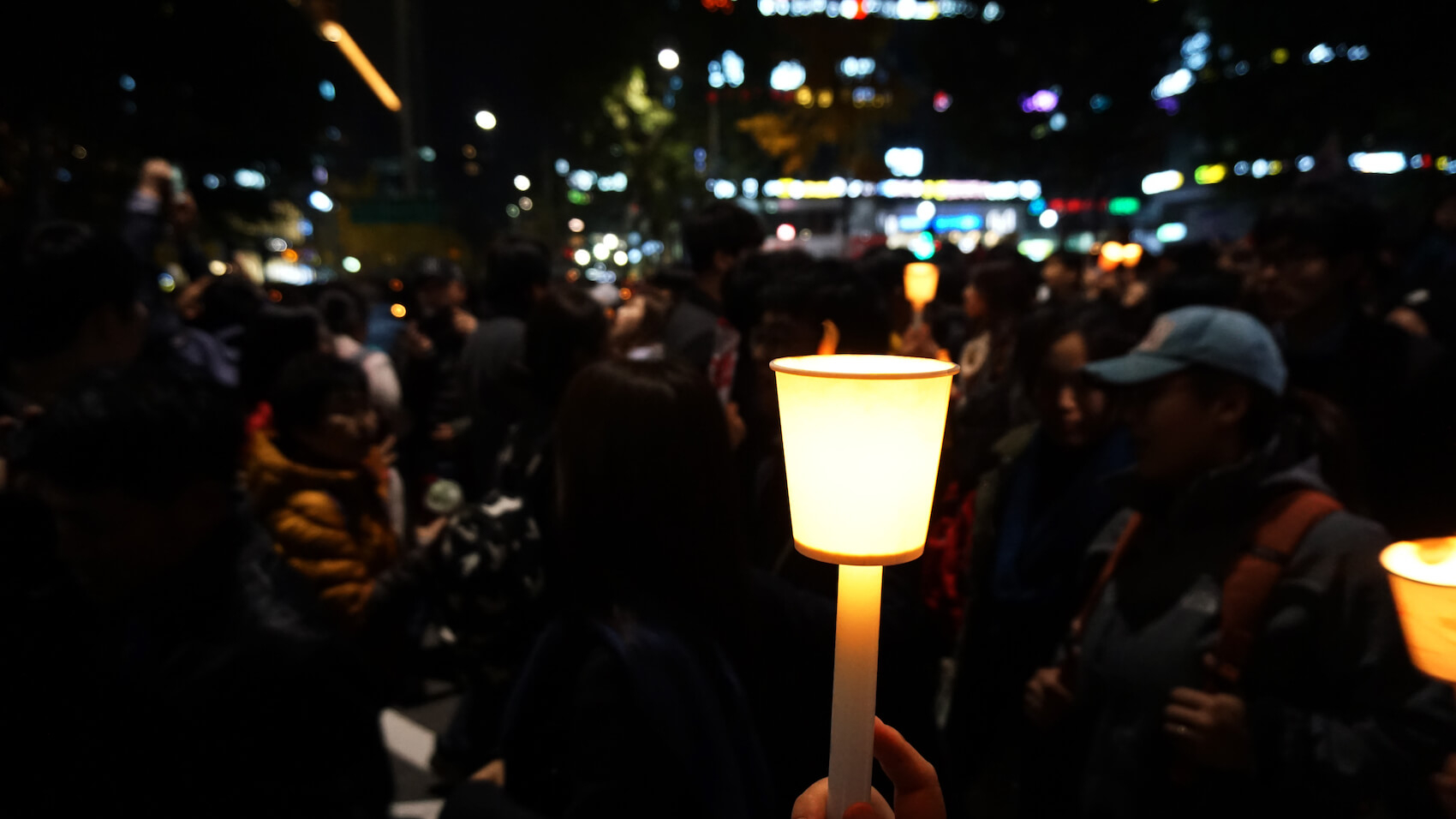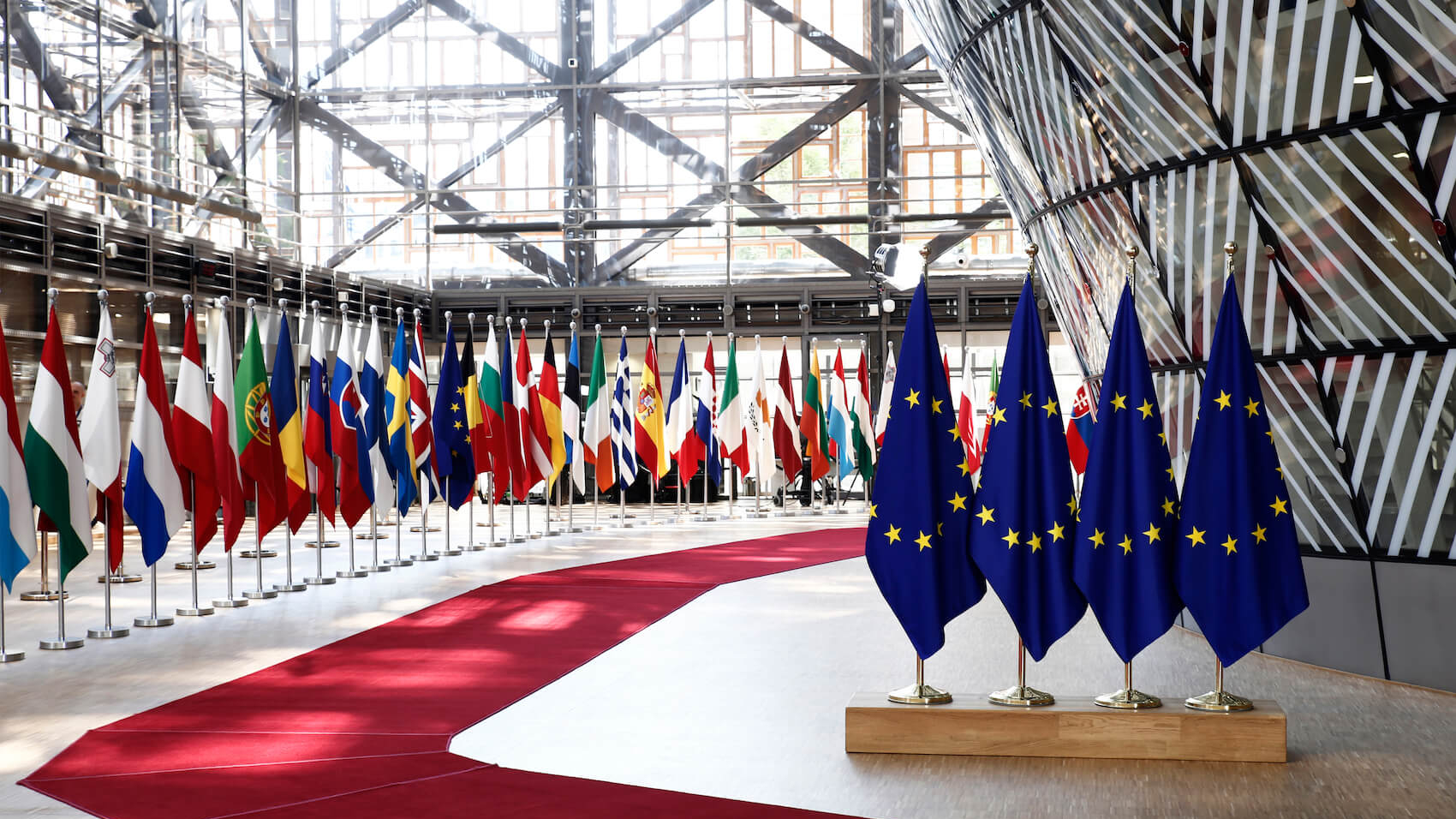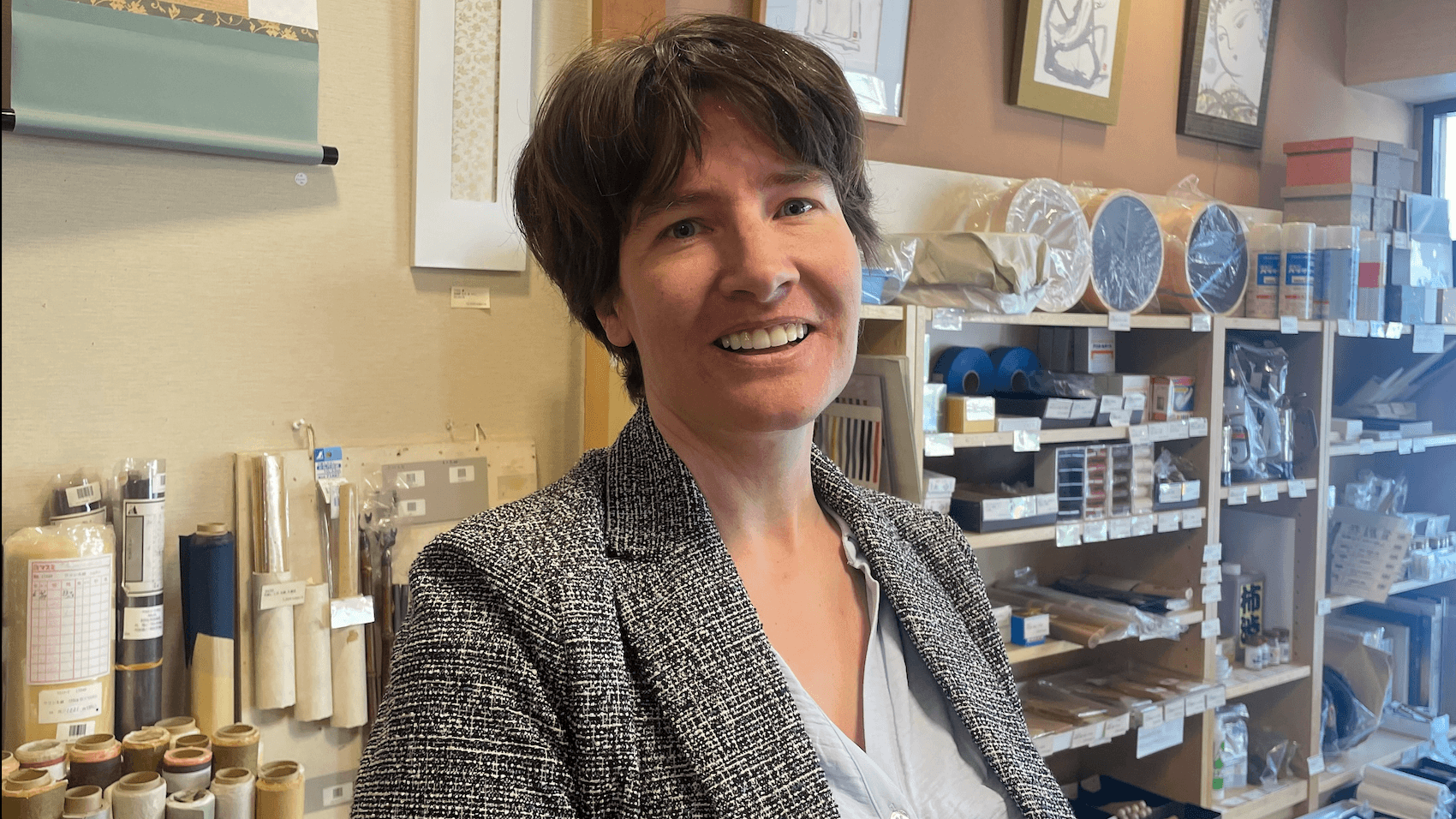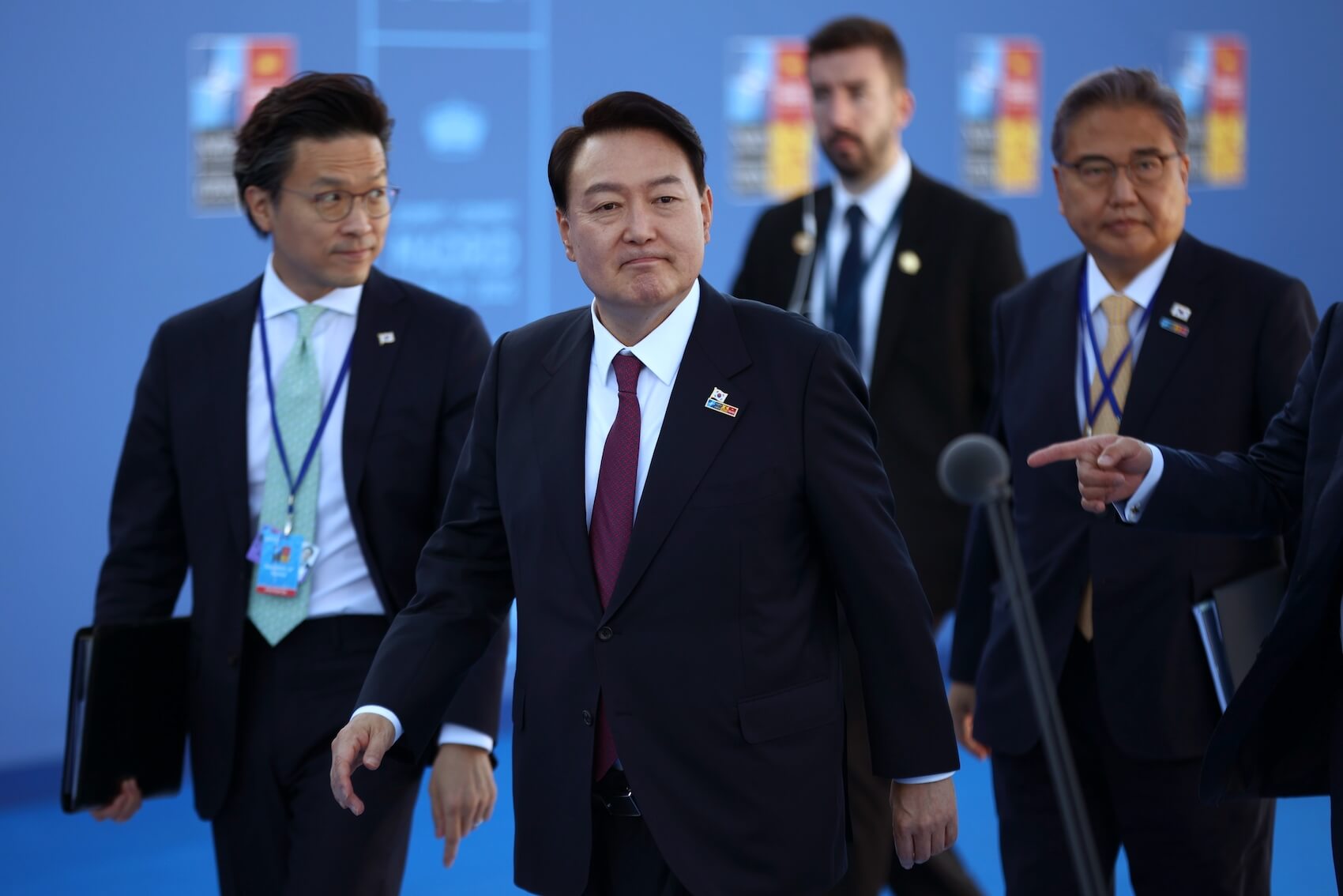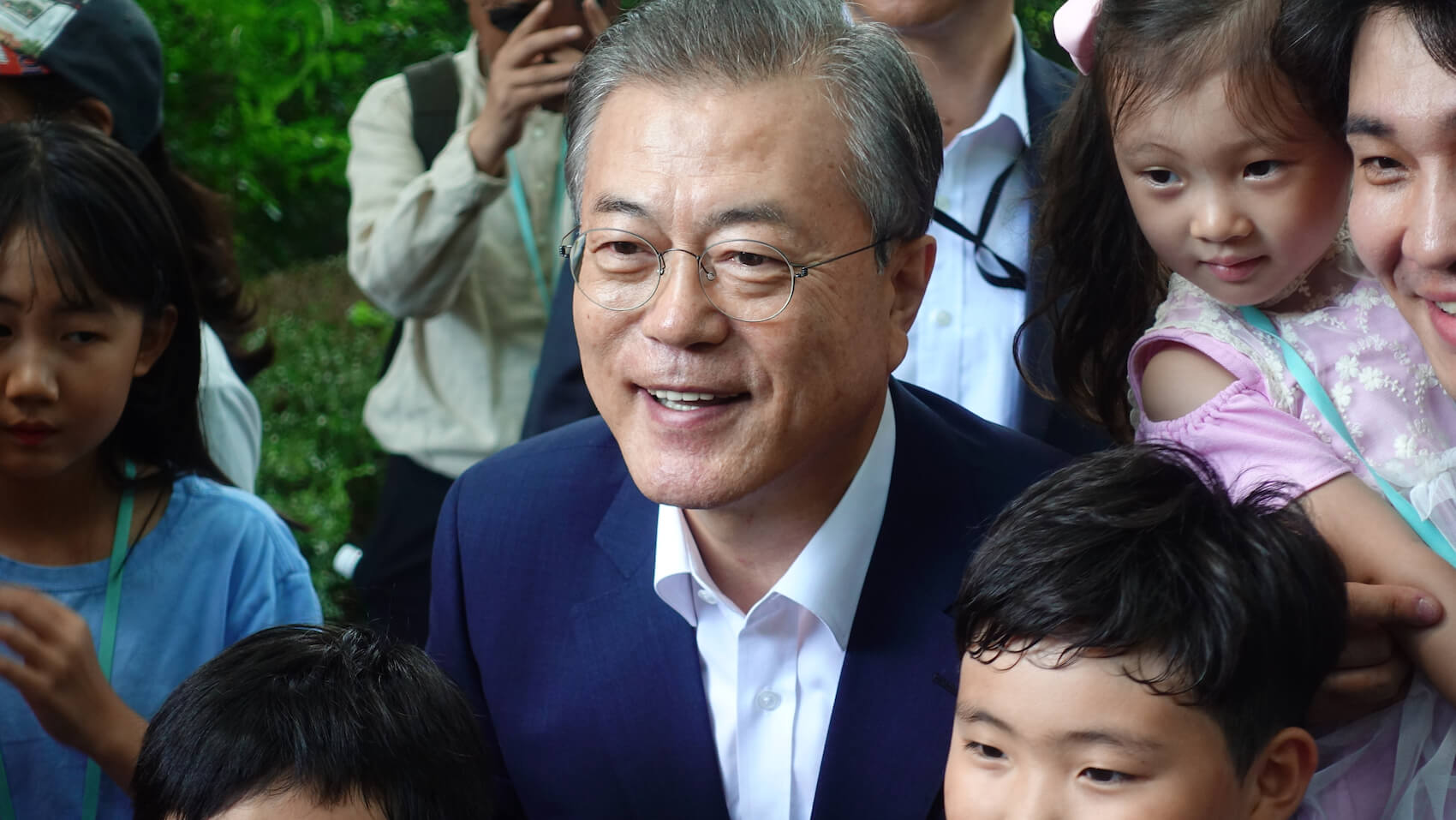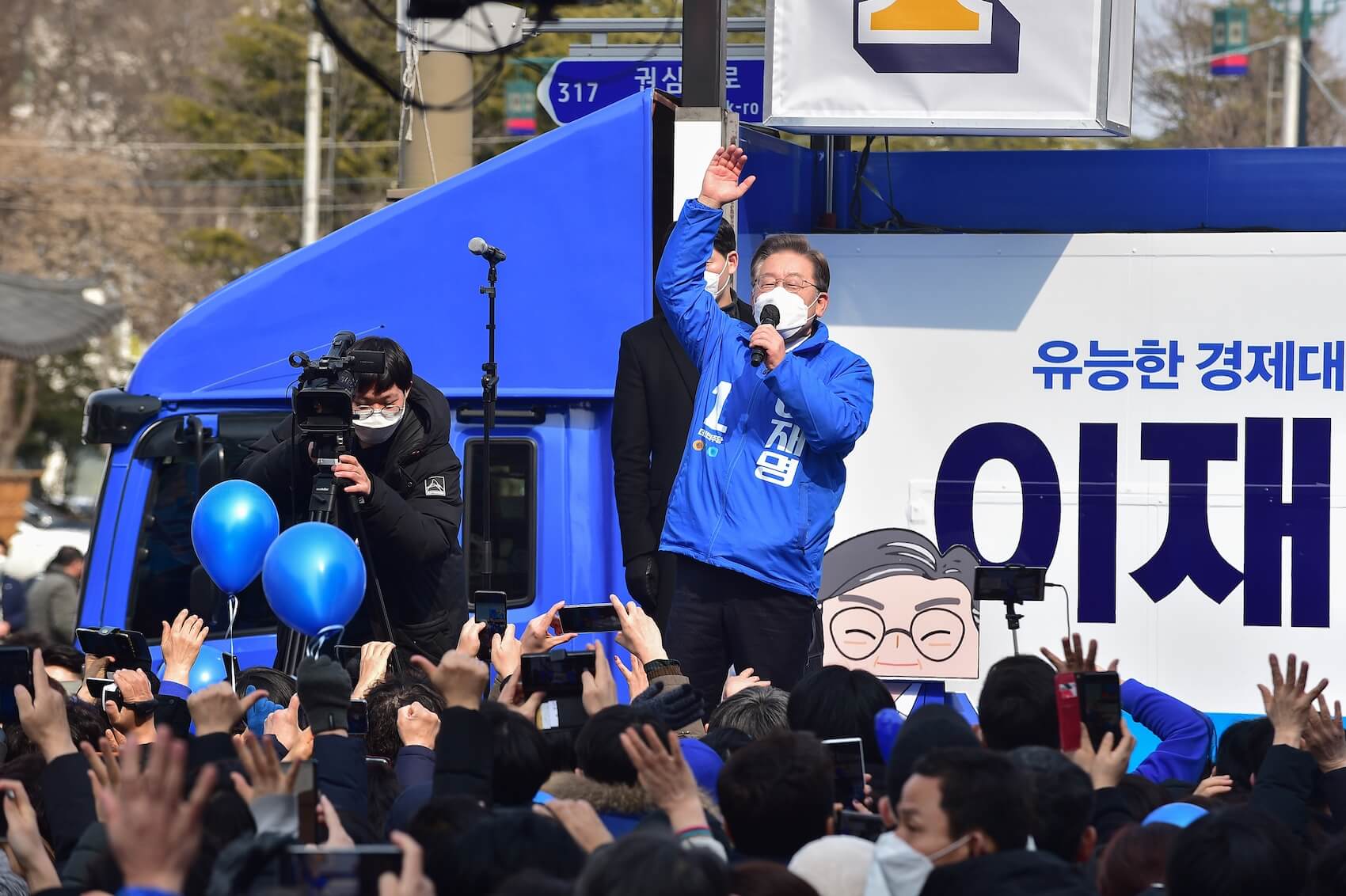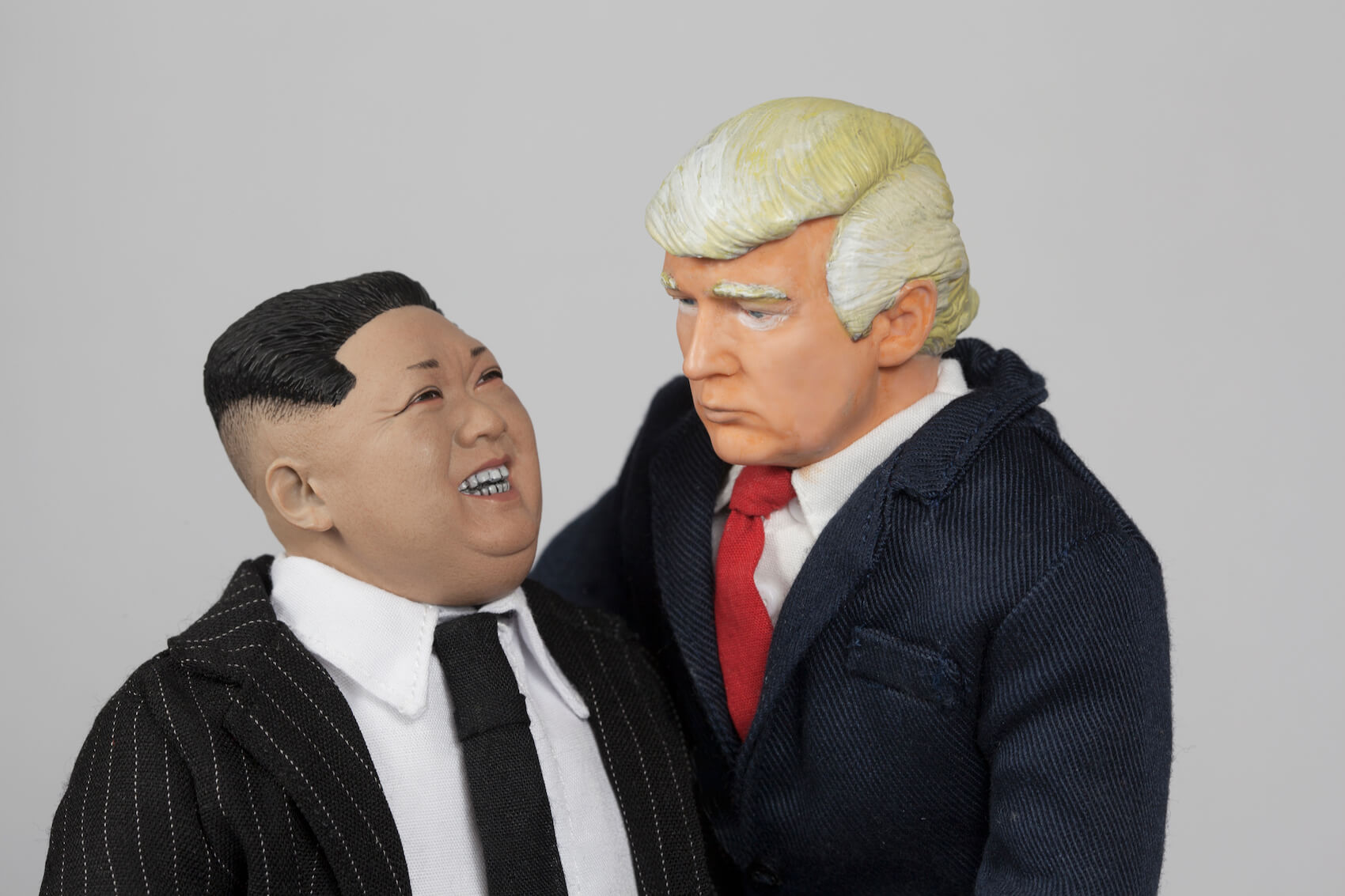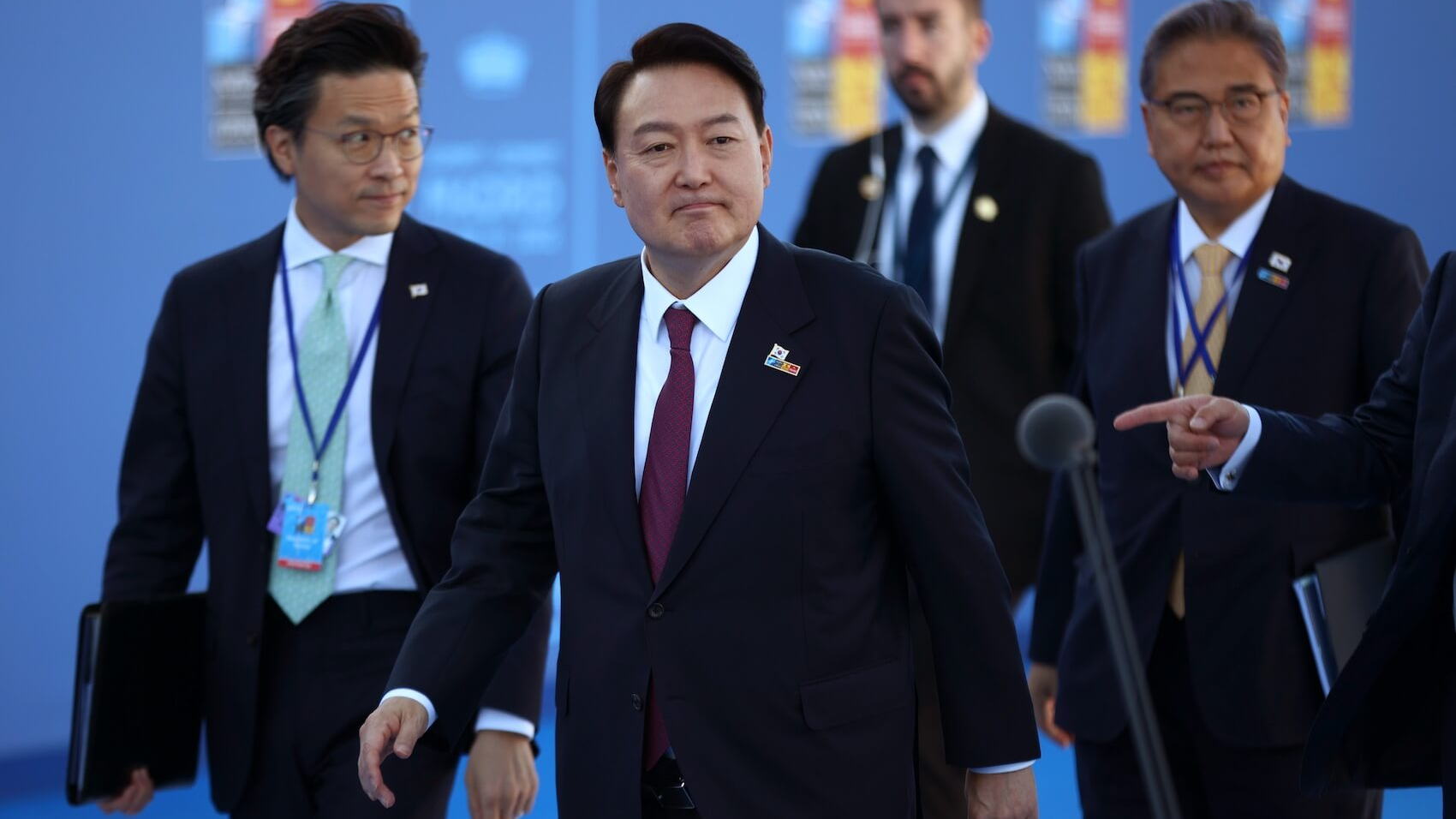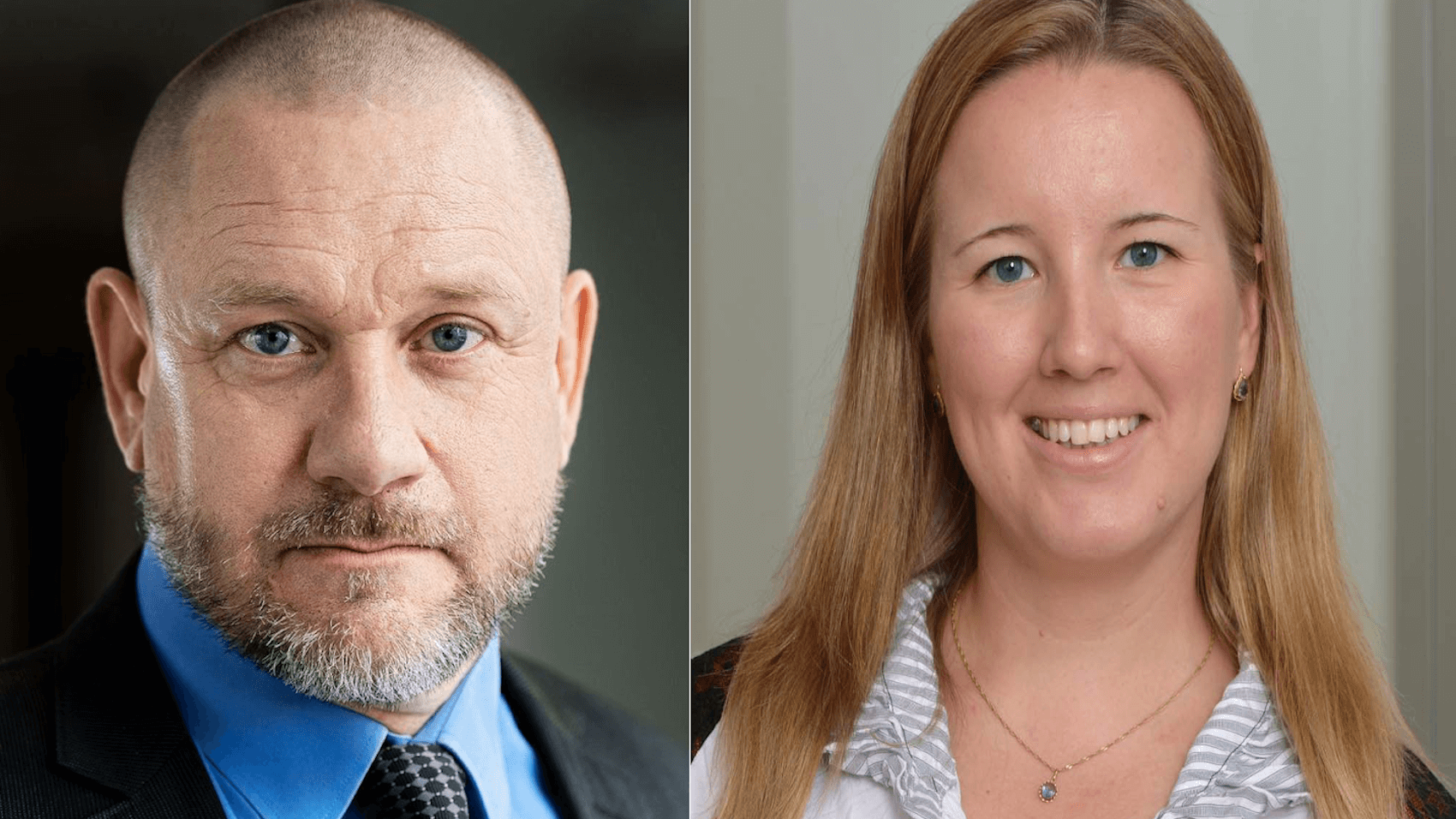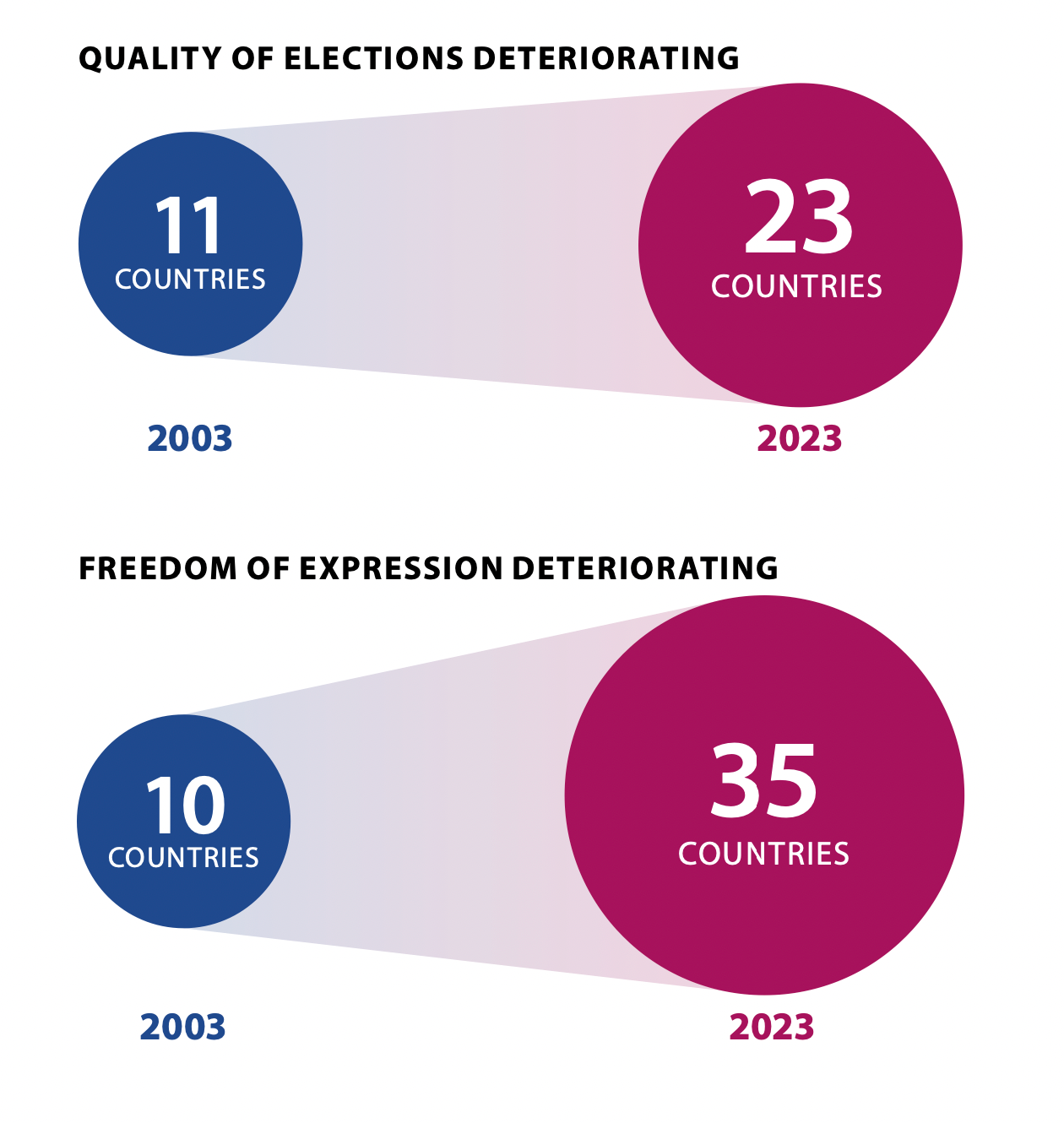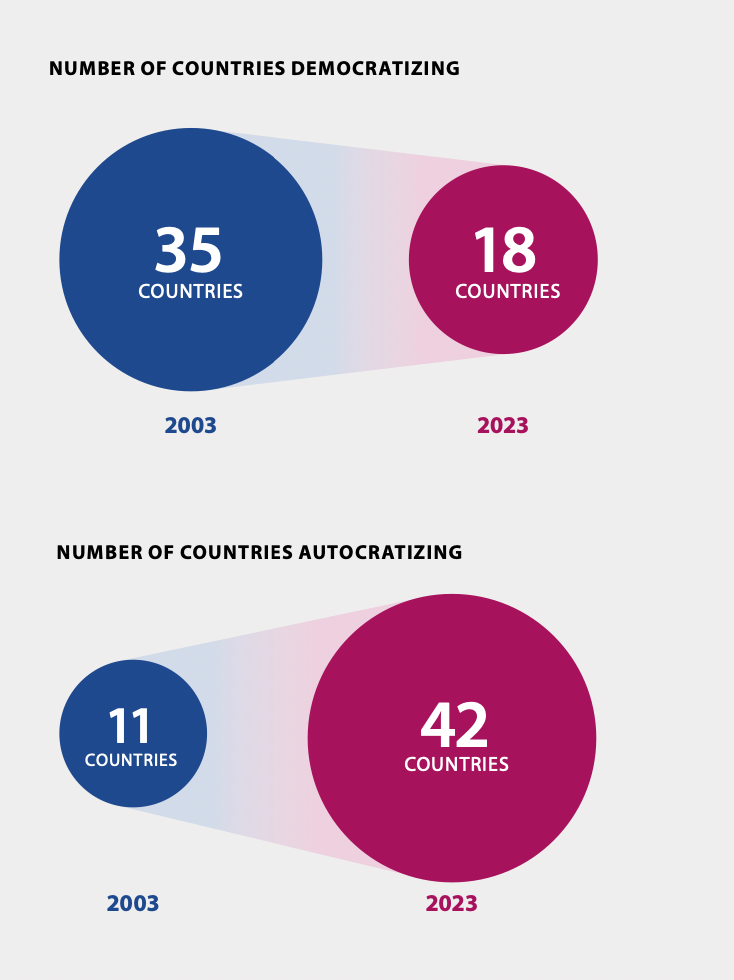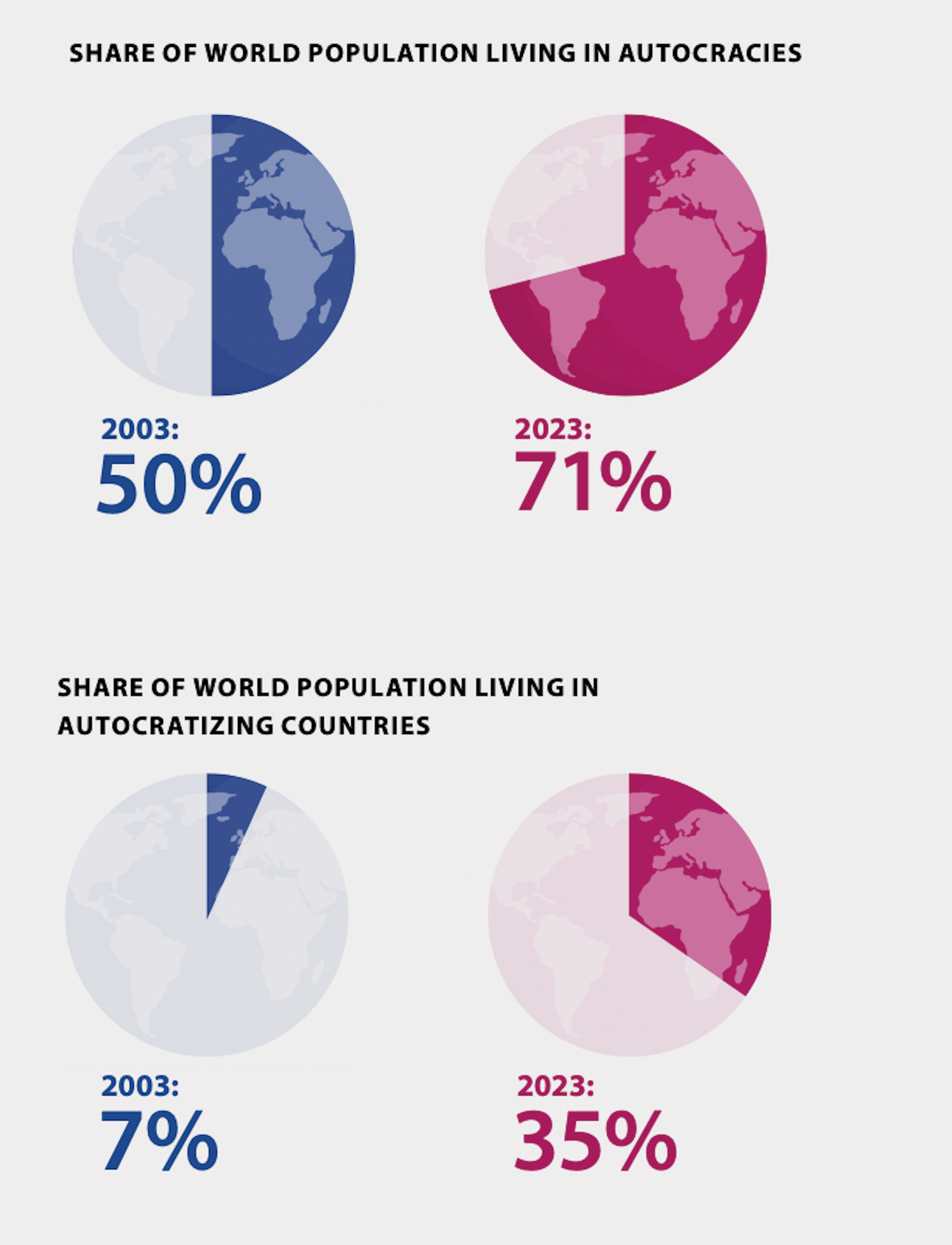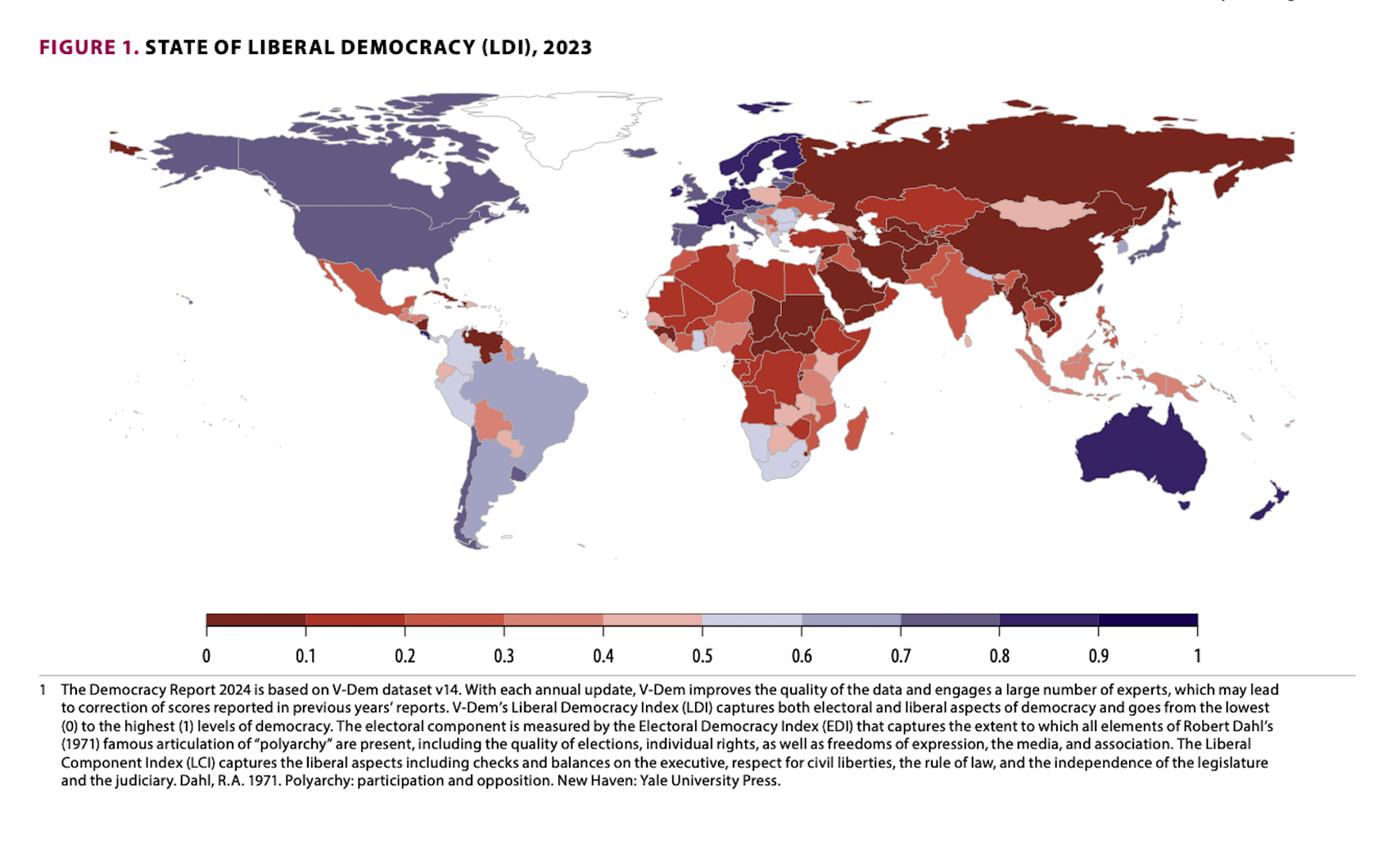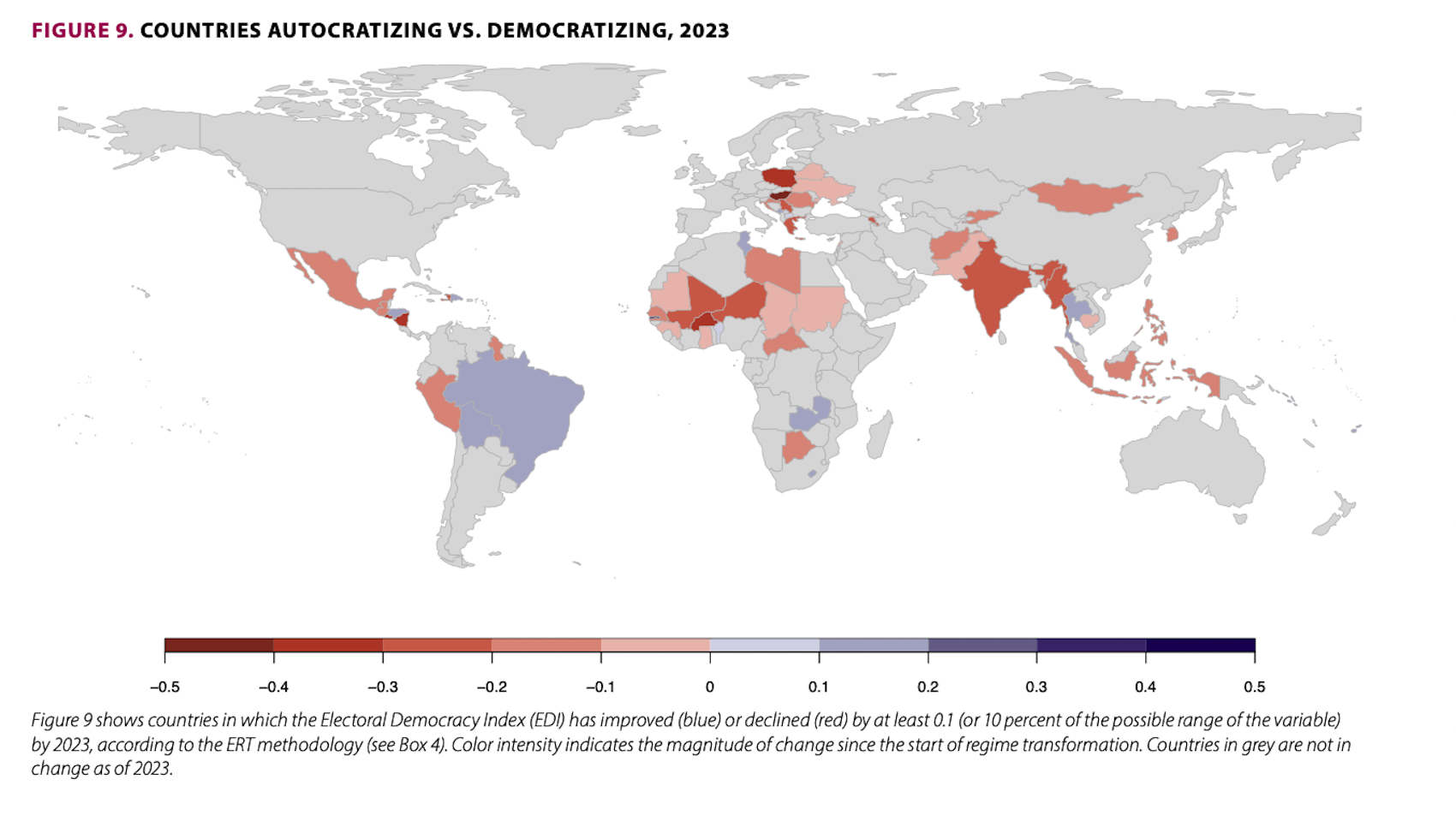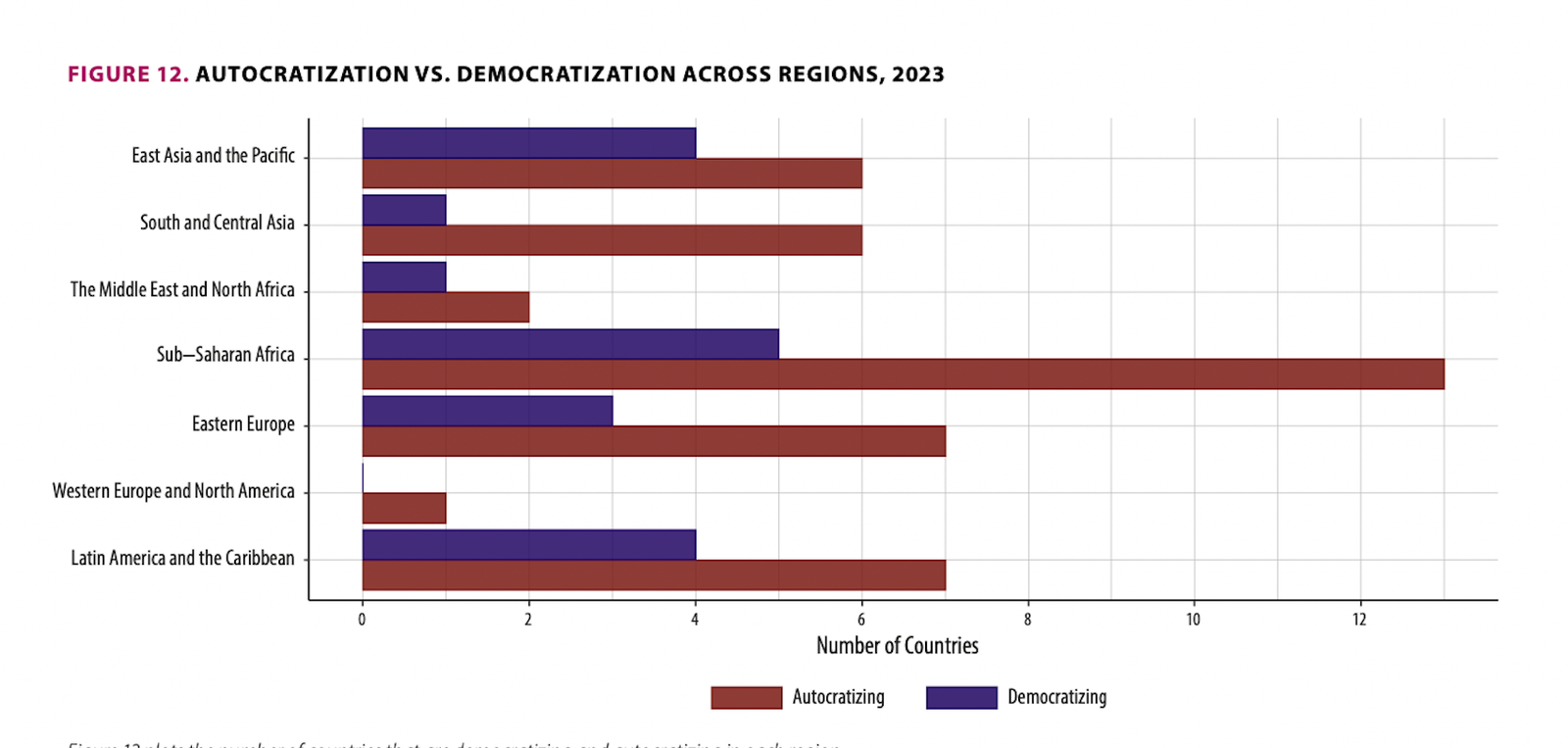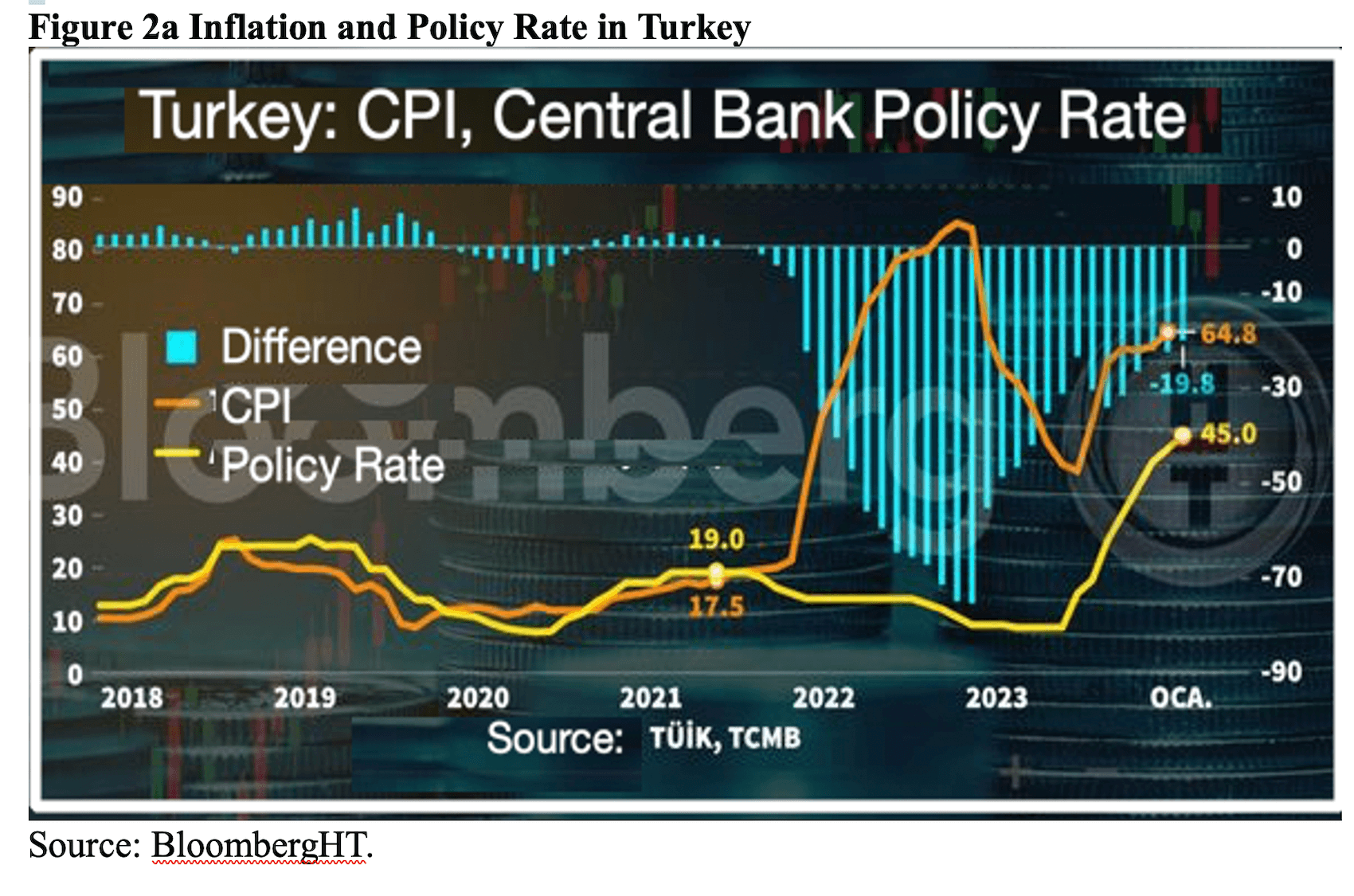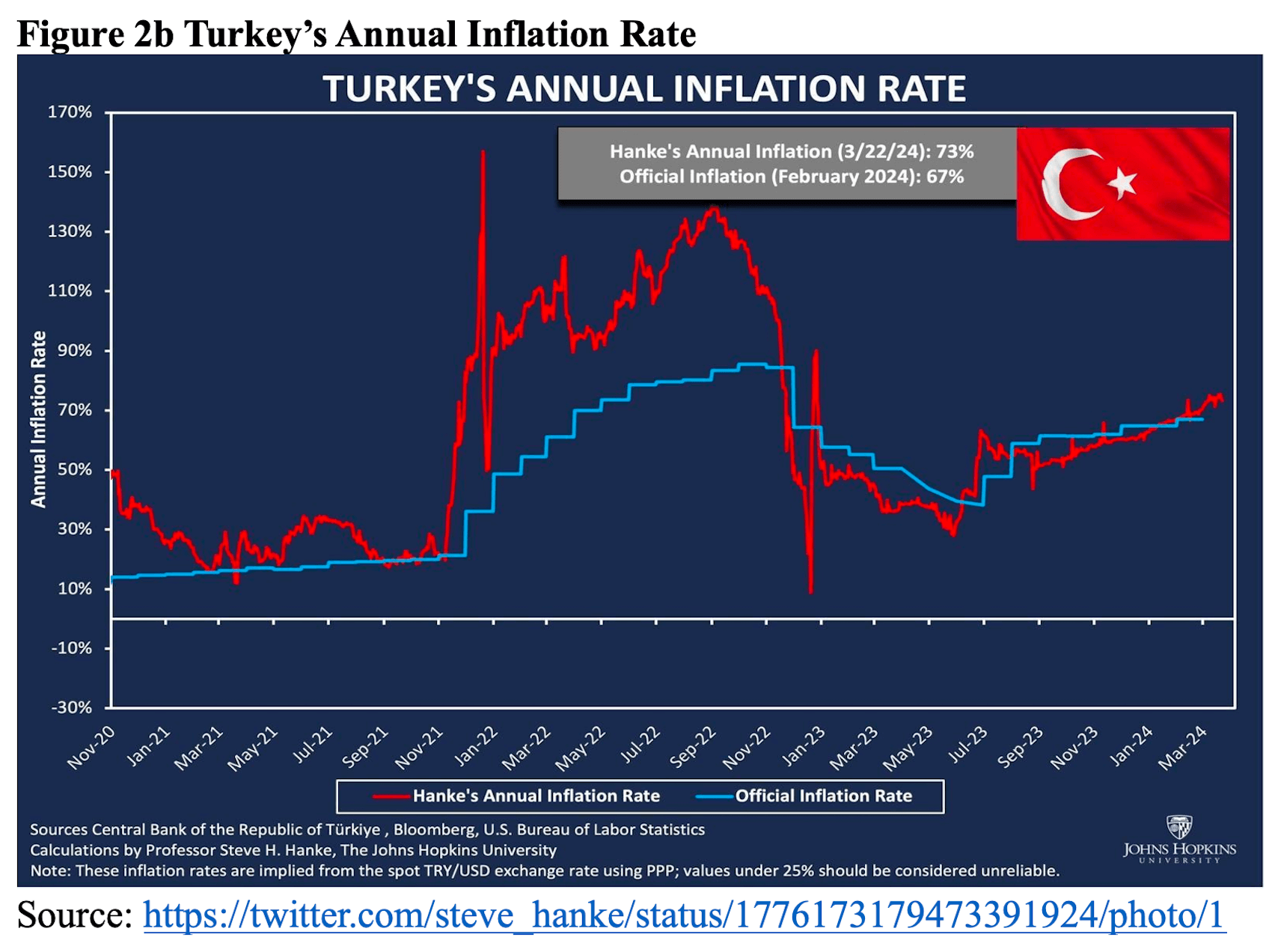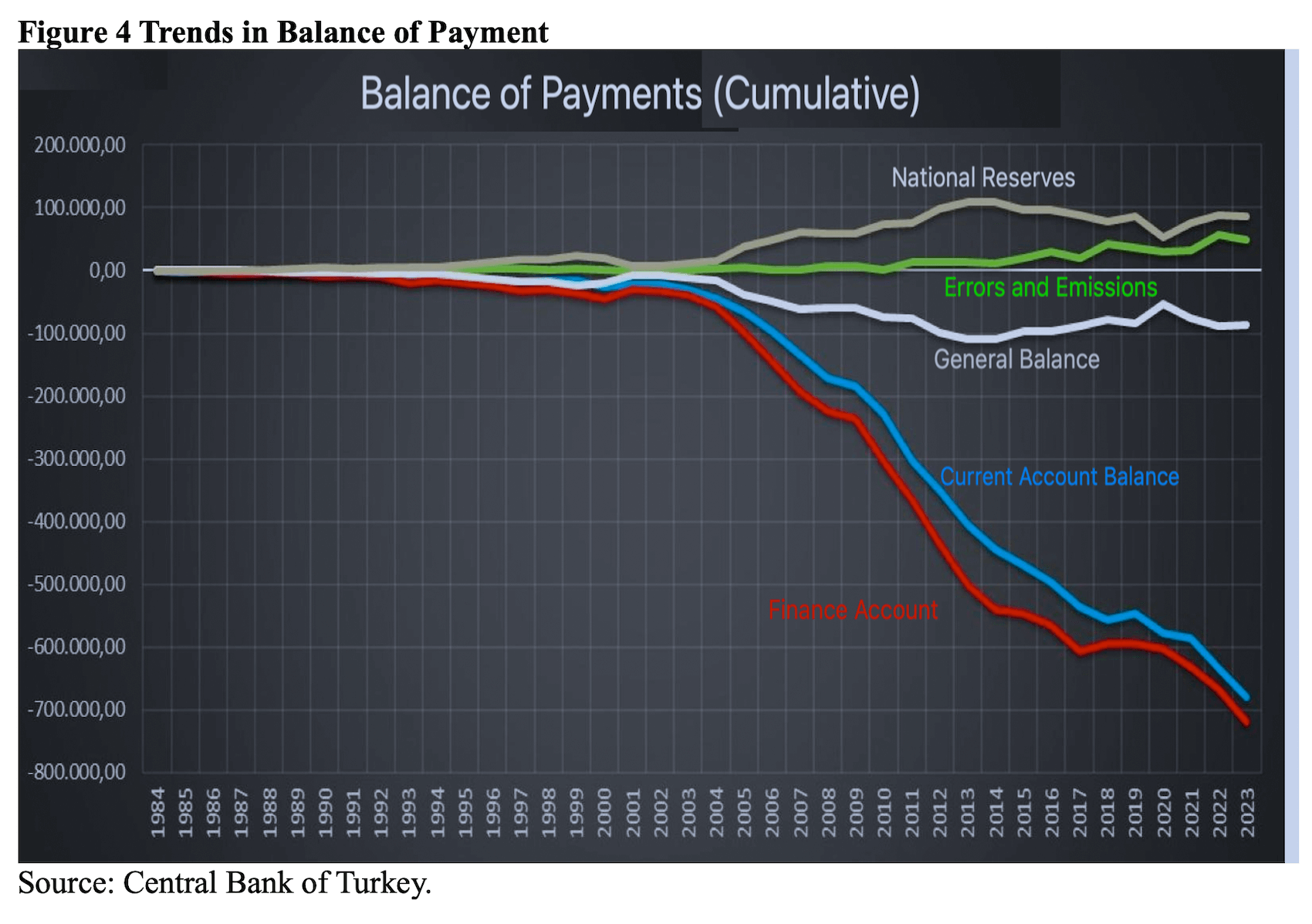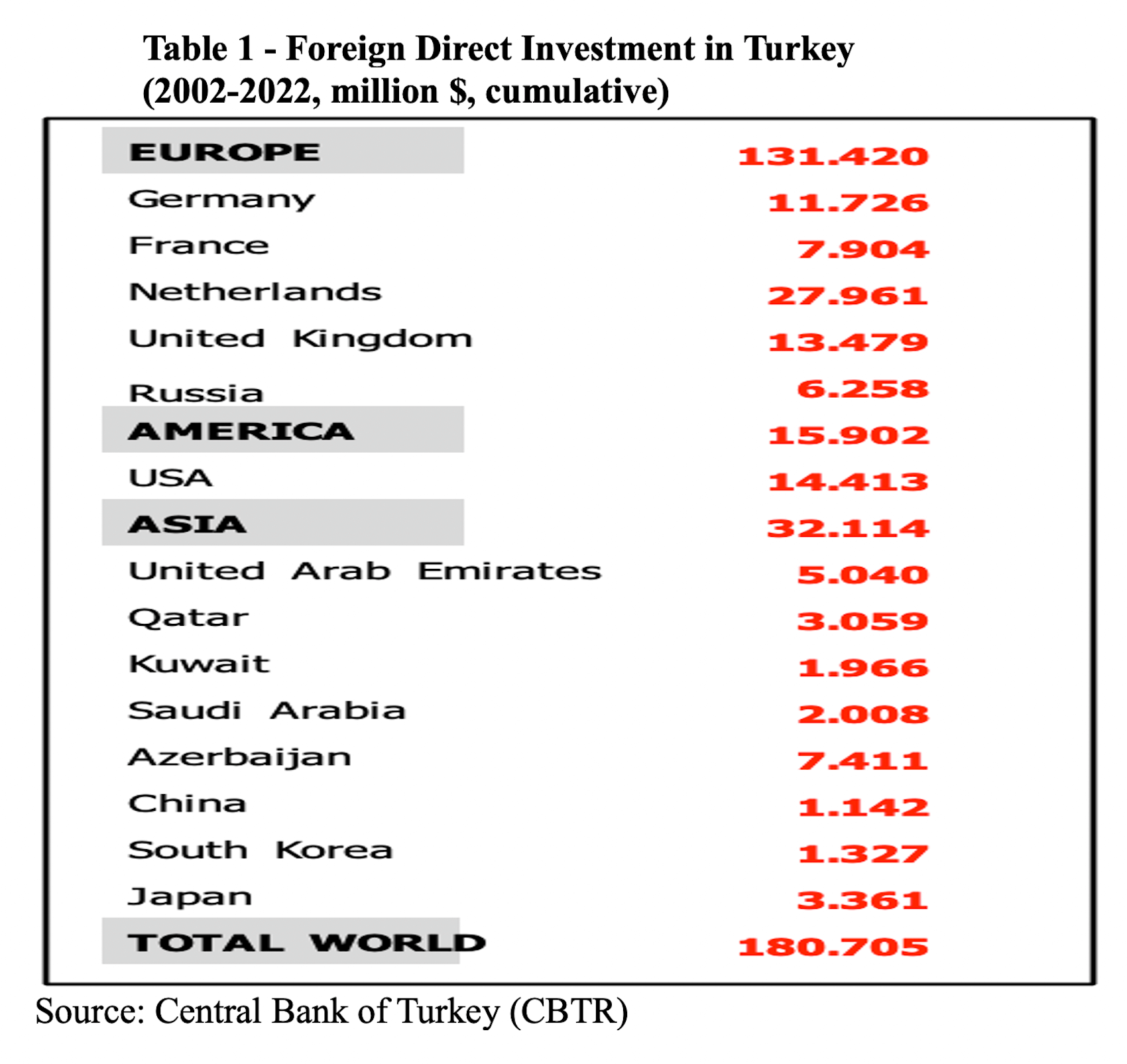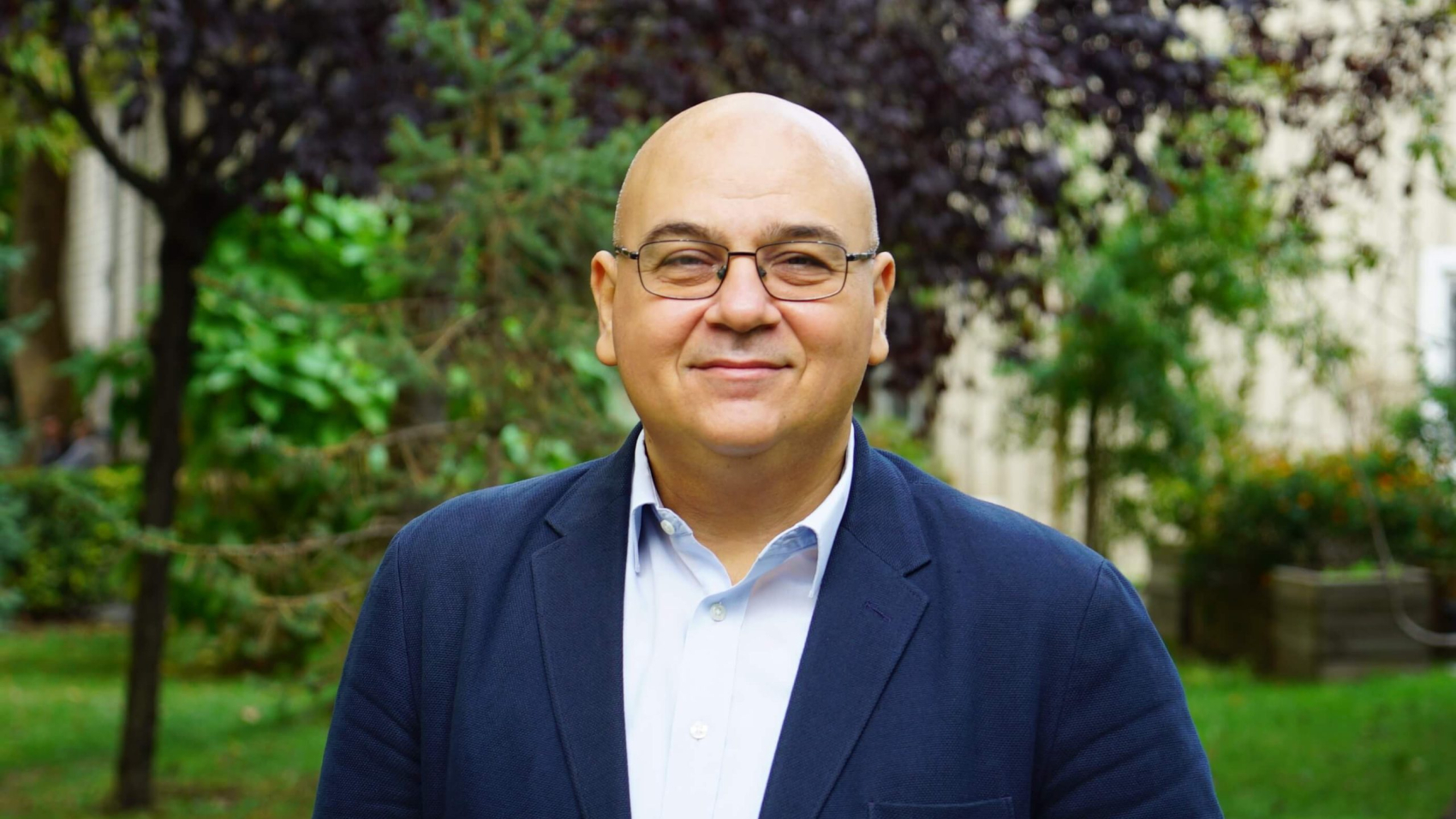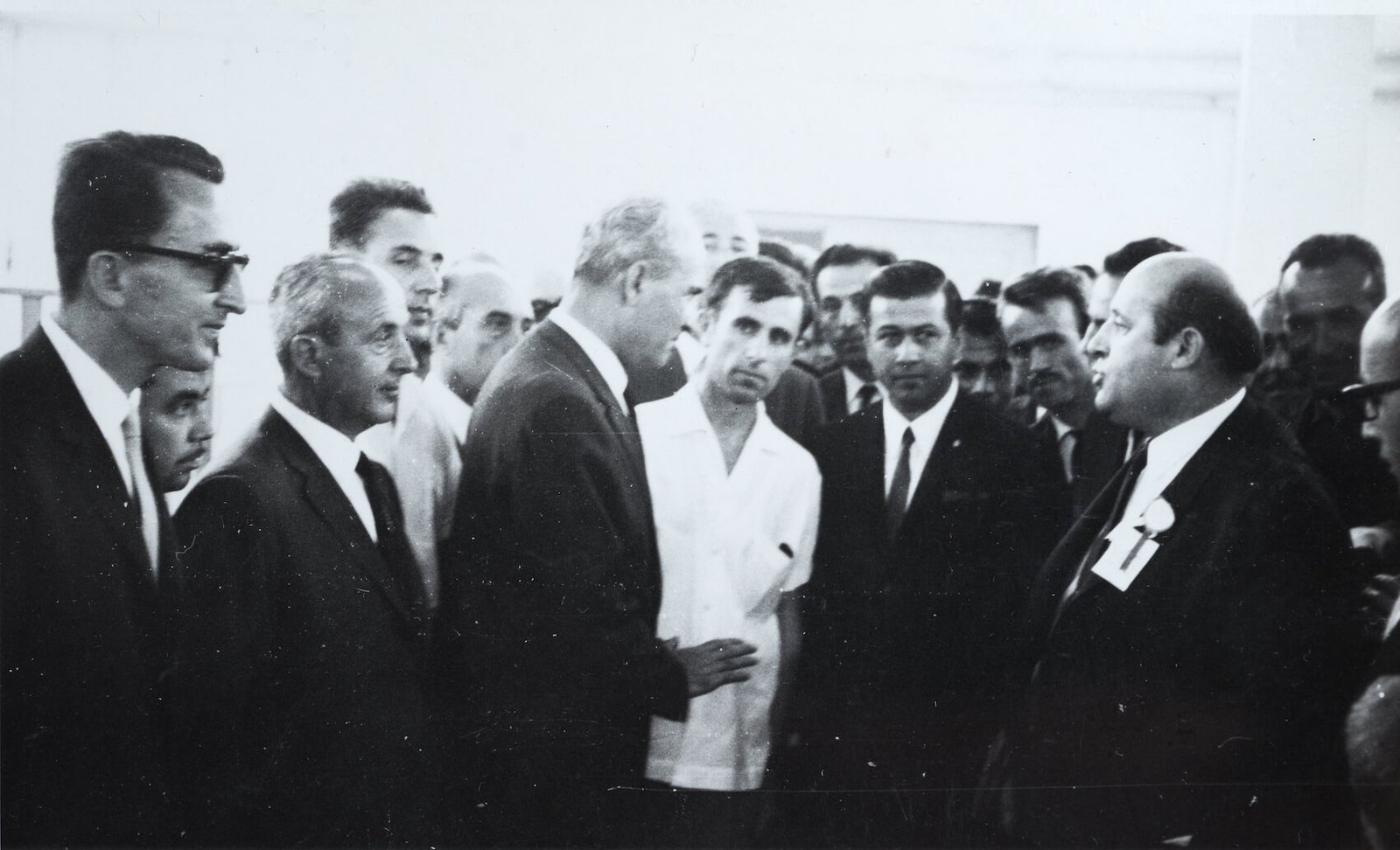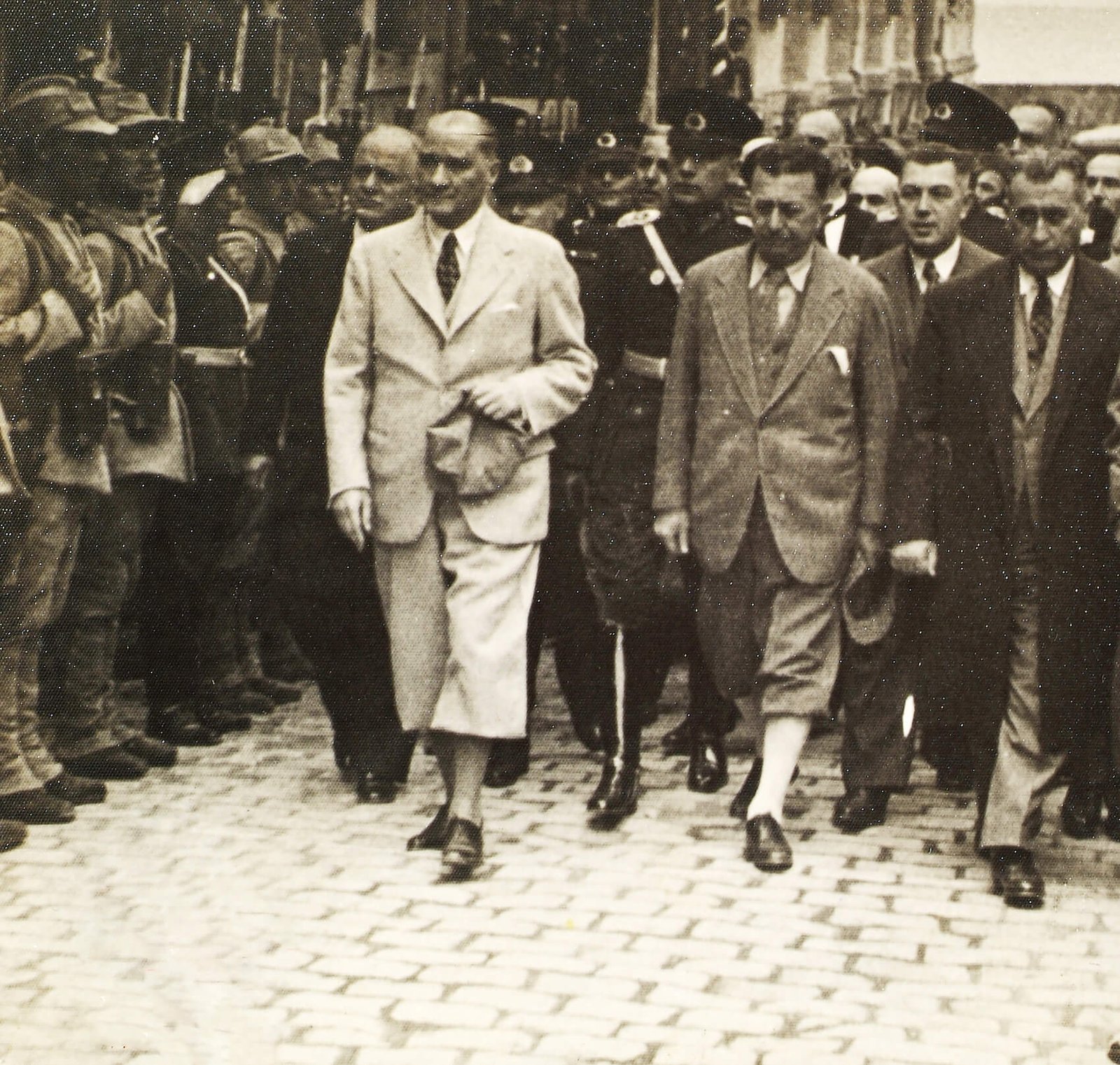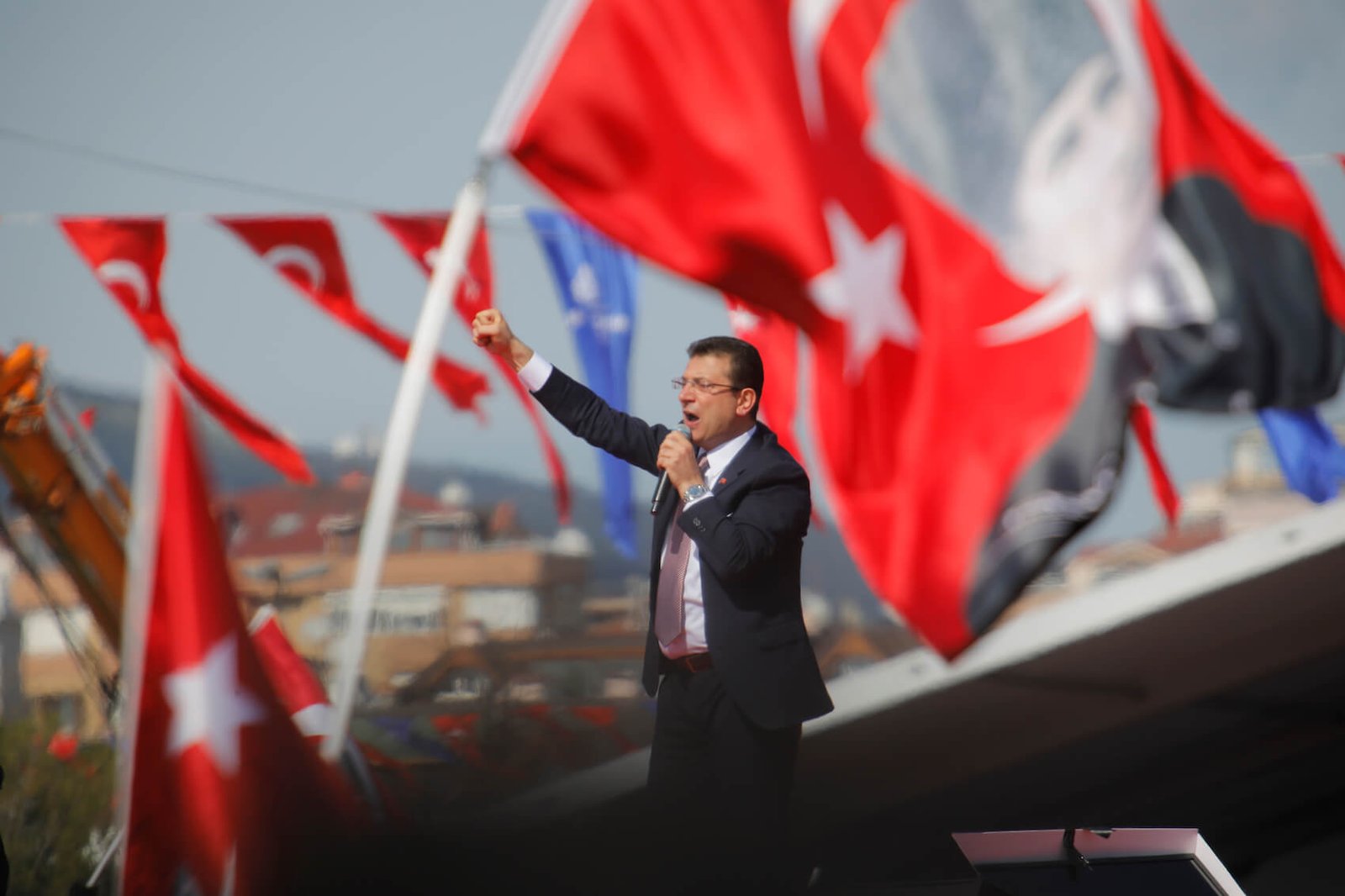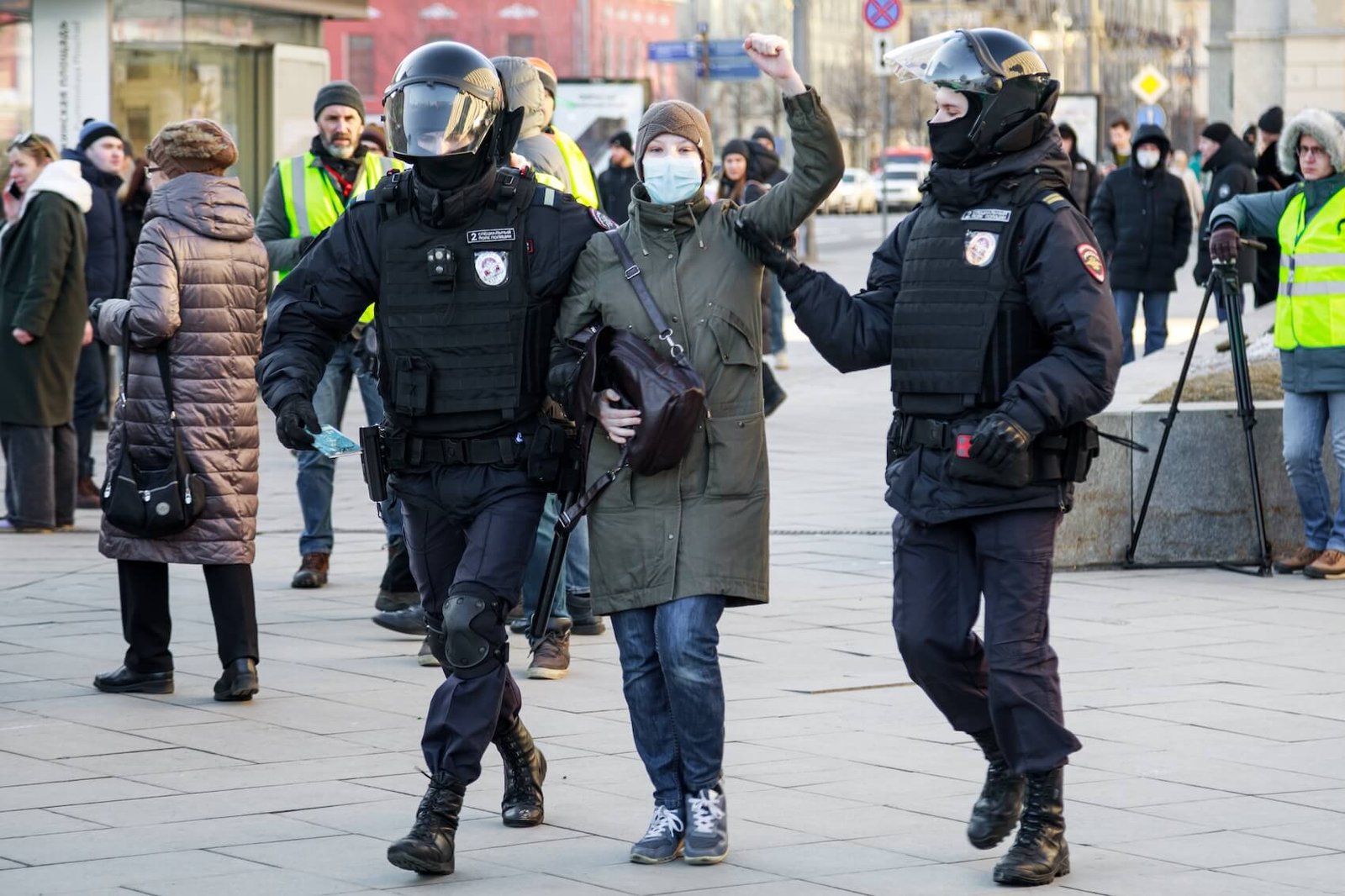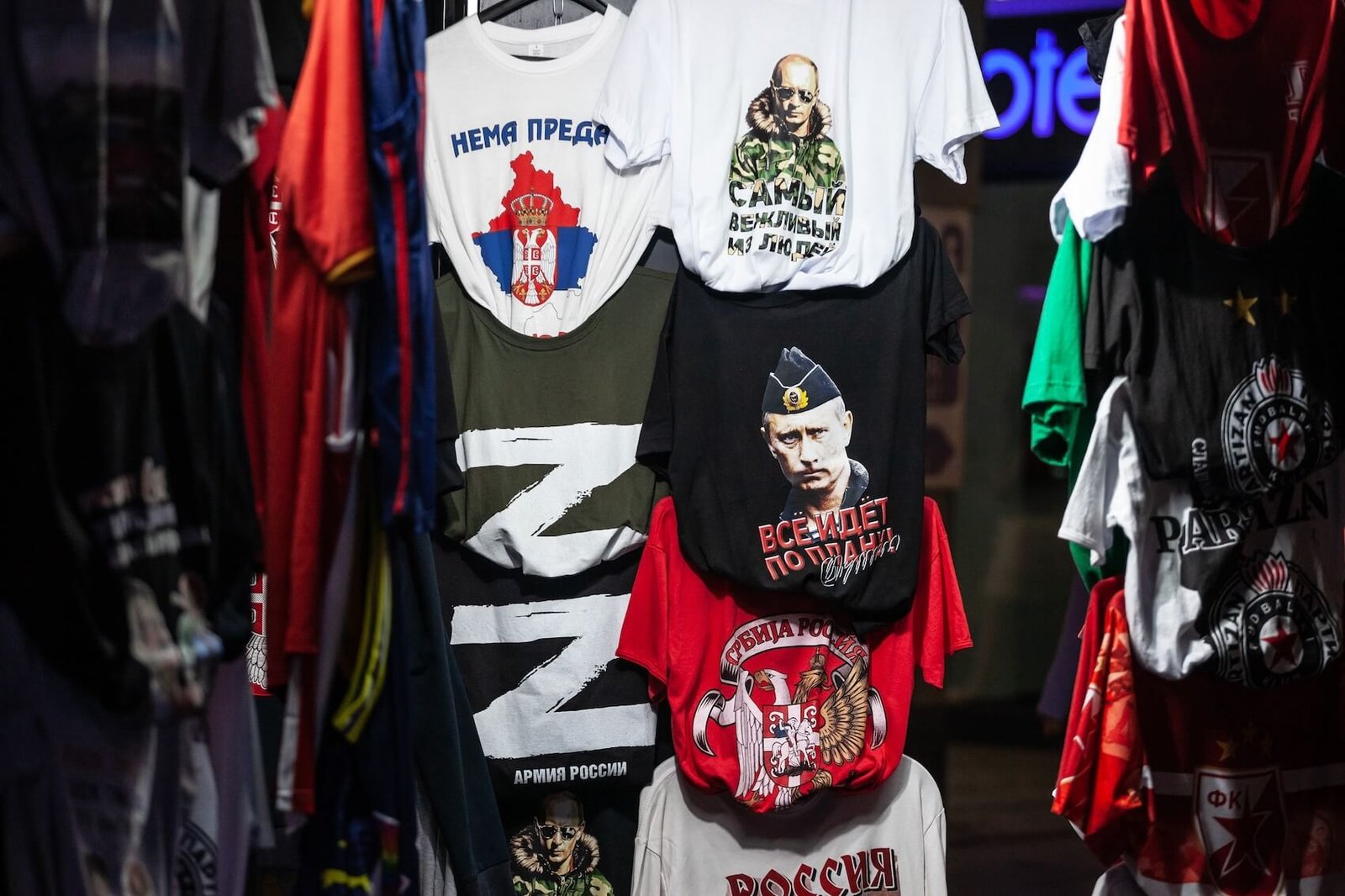When queried about the correlation between populism and democracy and the potential jeopardy to democracy in South Korea, Profesor Sang-Jin Han argues the potential threat to democracy in South Korea does not come from populist citizens, but from neoliberal ones. By sharing insights from his 2018 empirical study, he elucidated, “My research aimed to discern which citizens genuinely endorse autocracy and strong leadership. Surprisingly, the findings unveiled that those meeting specific criteria for populism did not inherently endorse robust autocratic leadership. Rather intriguingly, it was the neo-liberal citizens who exhibited a tendency to endorse such authoritarian leadership.”
Interview by Selcuk Gultasli
Giving an exclusive interview to the European Center for Populism Studies (ECPS) on Monday, Profesor Sang-Jin Han, Emeritus Professor of Sociology at Seoul National University in South Korea, says the potential threat to democracy in South Korea does not come from populist citizens, but from neoliberal ones.
When queried about the correlation between populism and democracy and the potential jeopardy to democracy in the nation, Professor Sang-Jin Han shared insights from his 2018 empirical study. He elucidated, “My research aimed to discern which citizens genuinely endorse autocracy and strong leadership. Surprisingly, the findings unveiled that those meeting specific criteria for populism did not inherently endorse robust autocratic leadership. Rather intriguingly, it was the neo-liberal citizens who exhibited a tendency to endorse such authoritarian leadership.”
According to Professor Han, the perplexing aspect is why neo-liberal citizens, who typically enjoy the benefits of political liberty and economic liberalism, would support authoritarian leadership. One possible explanation is that they perceive a threat from a powerful civil society and civil movements, fearing that these forces could potentially hinder democracy. In their view, embracing a strong leader is a means to mitigate this perceived threat and safeguard against the influence of civil society.
This puzzling phenomenon raises questions about the motivations of neoliberal citizens, who, despite enjoying political and economic liberties, rally behind authoritarian leaders. Professor Han suggests that their support may stem from a perceived threat posed by powerful civil society and civil movements, which they fear could hinder democracy.
The interview delves into various aspects of populism in South Korea, exploring its historical roots, manifestations, and implications for democracy. Professor Han also challenges the traditional left-wing/right-wing dichotomy often applied to populism, arguing that populism in Korea transcends ideological boundaries and is more about emotion than specific political positions. He highlights the rise of a populist leader, Cho Kuk, and the emotional fervor observed during recent elections, signaling a potential threat to democracy.
Moreover, Professor Han sheds light on the genealogy of populism in Korea, tracing its origins to the aftermath of the Korean War and its enduring influence on the country’s political landscape. He emphasizes the unique context of Korean populism, distinct from Western models, and the role of digital media in shaping public discourse.
Here is the transcription of the interview with Profesor Sang-Jin Han with minor edits.
Two Pillars of Populism: Distrust to Political Elites and Advocacy of the People as Source of Political Legitimacy
Professor Han, thank you so very much for your time and for joining our interview series. Let me start with the first question. How do you define populism in the context of South Korean politics, and what are the key criteria you use to identify populist movements?
Professor Sang-Jin Han: I propose two criteria for a theory of populism: a high degree of distrust towards political elites and conventional politicians, coupled with the advocacy of the people as the genuine source of political legitimacy. I define populism based on these overarching criteria.
Why do you think Derrida’s concept of hauntology is useful to the study of populism not only in Western Europe or Latin America but also globally?
Professor Sang-Jin Han: I was very fascinated by Derrida’s concept of hauntology because we can say that the specter of populism is spreading, haunting the world today, much like Marx and Engels declared the specter of Communism haunting Europe in 1848. Now, living in Asia, I find an interesting overlapping imagination. In East Asia, when someone passes away, we wish for their soul to rest in peace. However, sometimes these specters emerge, wandering around sensitizing attention to their deep-seated sorrows, resentment, or anguish. We feel compelled to address to this anguish in order for them to rest in peace. In a similar way, Derrida argues that the specter of Marxism resurfaces to express their desperate anguish over the lost future which is related to the normative principle of democracy. Thus, Derrida attempts to reconstruct the specific specter of Marxism as critique because it contributes to democracy while deconstructing other specters arising from the genealogical traces of orthodox Marxism or historical materialism. I find this hauntological approach very intriguing.

In your article The Hauntological Approach to Populism, you argue that: “Thus, there is no reason for the hauntological approach to treat populism in itself as an intrinsic danger to democracy. On the contrary, in many historical examples, populist orientations and movements have paved the road to democracy until modern democratic institutions became rooted there.” Can you please give concrete examples to clarify the assumption that populism is not intrinsically danger to democracy?
Professor Sang-Jin Han: To start, democracy operates on the normative principle that the people are the genuine source of legitimacy in political power. Populism often taps into this appeal. However, the empirical reality often diverges from this normative ideal, leading to the emergence of populism in the real world. This disjuncture serves as the starting point for analysis. Derrida, naturally, acknowledges this complexity. Populism arises as a response to this gap, representing a longing for a future that never quite materialized, yet refusing to relinquish hope for it.
What does this hope for the future entail in the context of populism? Primarily, it involves recognizing the people as the true source of political legitimacy. This underscores the importance of scrutinizing which aspects of populism contribute positively to democracy. While populism can bolster democracy by emphasizing the primacy and advocacy of the people, it also poses dangers. If populism breeds hatred, it becomes a threat to democracy. History provides ample examples. Many experiences in Latin America during the 1930s, 1940s, and 1950s, as well as instances in Southern Europe and Korea in the 1980s, illustrate how populism can either serve as a catalyst for furthering democracy or undermine it, depending on its manifestations.
Role of “Minjung” in Shaping History of South Korean Populism
What are the basic historical milestones in the formation of the significant genealogical traces of populist imagination in modern Korean history?
Professor Sang-Jin Han: I believe one of the most significant occurrences in the 1980s was the transition towards political democracy in our country. The primary actors were the students and the protestant church, advocating a form of emancipation theology. Together, they played a pivotal role in shaping the history of populism. At the heart of this movement was the concept of “Minjung,” representing the grassroots people. The students endeavored to revitalize Minjung culture through various forms of expression such as art, folk dancing, and pop performances, all the while spearheading the democratization process.
Their advocacy extended to marginalized and oppressed individuals under military leadership and dictatorship. Thus, the 1980s stand out as a crucial milestone in Korea’s history. During this period, students ventured into urban shanty towns, rural areas, and factories, actively engaging with workers to help organize labor unions. Through these efforts, they contributed significantly to shaping a constructive image of populism in Korea’s democratization process.
Candlelight March Movement versus National Flag Movement
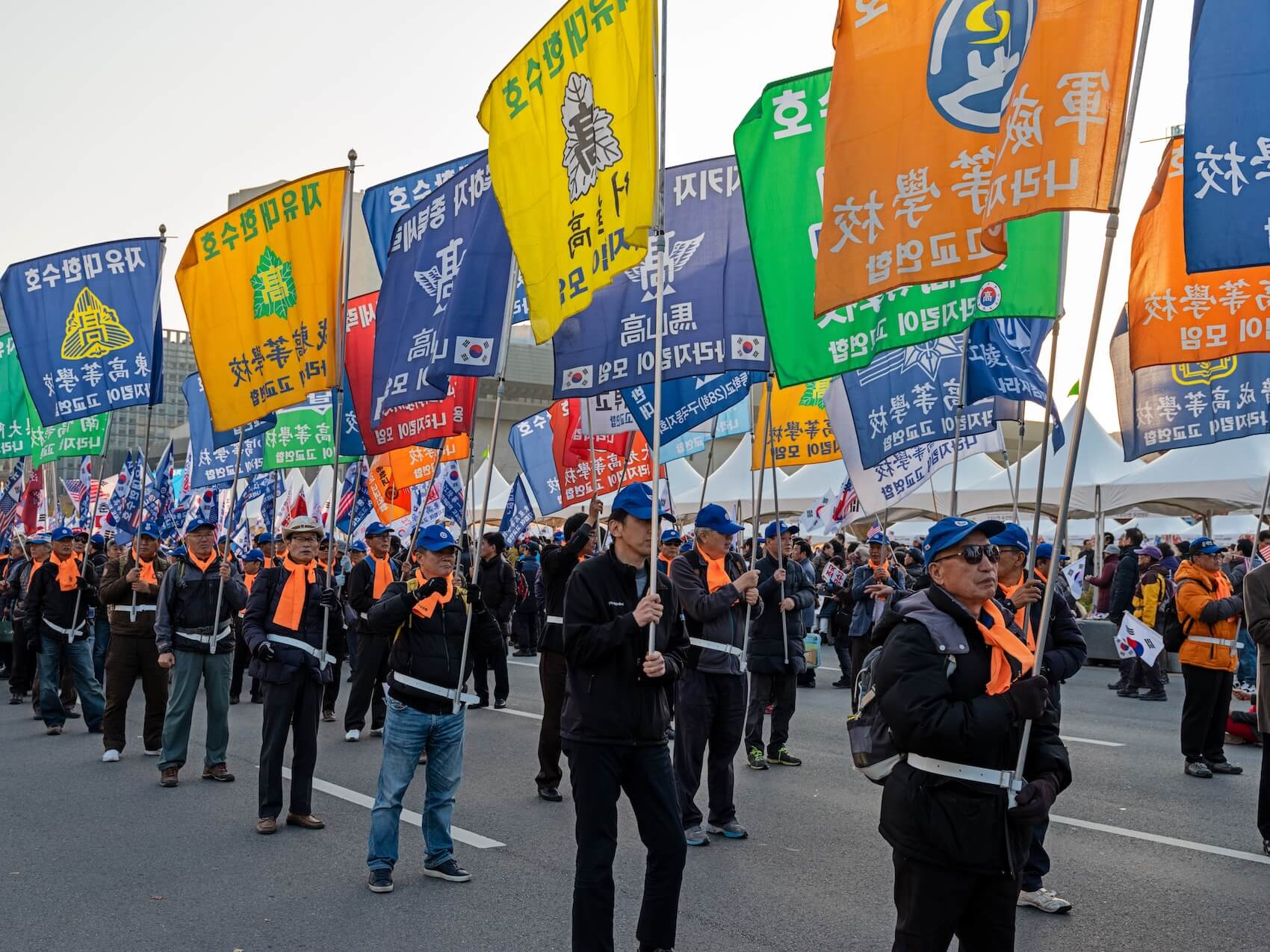
You state that, populism in itself involves both pro-democratic and anti-democratic streams. Yet, in the case of South Korea, the historical experience as well as the empirical analysis shows that the pro-democratic streams, exemplified by candlelight vigils, have been so far much stronger than the anti-democratic ones like hatred populism. Can you please elaborate on the pro-democratic streams that help consolidate democracy in South Korea?
Professor Sang-Jin Han: As observed by foreign onlookers, South Korea stands as a compelling example of political democracy despite enduring periods of military or authoritarian rule. The peaceful transition of government through elections in 1988, roughly four decades ago, marked a significant milestone. With two robust political parties, an active opposition, a vibrant political culture, and a strong civil society and public sphere, Korea doesn’t fit the mold of a populist country. However, there are populist tendencies evident among citizens, actors, and popular movements.
Notably, events like the Candlelight March and the National Flag Movement in 2016 and early 2017 showcased dramatic instances of populist movements. These gatherings, occurring in the same downtown streets of Seoul for months, remarkably remained peaceful with no clashes or violence. Despite their differences, with the Candlelight March predominantly composed of young, progressive, and liberal individuals advocating for democracy, and the National Flag Movement comprising older, conservative individuals leaning towards authoritarianism. They peacefully coexisted, competing for attention.
Interestingly, supporters of the Candlelight March emphasized the primacy of the people, while backers of the National Flag Movement harbored significant distrust towards politicians. This dichotomy suggests that populist movements advocating for the people, albeit in a republican sense, tend to bolster democracy, as demonstrated by the events of 2016 in Korea.
Your research distinguishes between the Candlelight movement and the National Flag movement. Could you explain the differences between these two movements and their respective impacts on democracy in South Korea?
Professor Sang-Jin Han: The Candlelight March Movement has a deep-rooted history in Korea, often emerging as a form of populism during periods of democratic regression. In the case of 2016, our government was under the control of President Park Geun-hye, the daughter of former President and military leader Park Chung-hee. Her administration sought to revert to a bureaucratic authoritarian regime by exerting control over civil society through a well-organized bureaucracy.
However, Korean society had undergone significant progressiveness since the democratization movements of the 1980s. The main energy within civil society had become younger, more dynamic, and increasingly committed to principles of freedom of expression, freedom of assembly, and democratic governance. This growing disparity between the political establishment and civil society eventually culminated in clashes, notably in downtown areas.
These clashes symbolize a recurrent pattern: whenever our democracy faces a threat of backsliding, energy within civil society surges, manifesting in movements like the Candlelight March. While not unprecedented, the 2016 protests were particularly decisive and successful. Ultimately, Parliament moved to impeach the President—a decision upheld by the Constitutional Court. This peaceful, progressive process demonstrated the power of people to advance democracy by countering threats and sources of democratic regression.
The events of 2016 stand as a remarkable chapter in Korean history, showcasing the resilience and efficacy of democratic movements in safeguarding and advancing democratic principles.
In your view, what are the main threats to democracy in South Korea, and how do these threats relate to populist movements such as the National Flag movement?
Professor Sang-Jin Han: I’d like to clarify that the National Flag Movement in 2016 didn’t pose a direct threat to democracy; rather, it represented a genuine voluntary effort by individuals, predominantly with conservative leanings, to defend Korea’s freedom against perceived threats from North Korea. Unlike past movements orchestrated by the government or conservative factions, this movement arose more spontaneously, indicating a positive evolution in democracy. However, its advocacy wasn’t inherently pro-democratic; instead, it focused on safeguarding freedom against North Korean threats.
Central to this movement was a strong aversion to the political elite, particularly those perceived as aligning too closely with North Korea. This sentiment, characterized by a sense of hatred or animosity towards certain political figures, rather than a commitment to democratic principles, has the potential to impede democratic progress. The National Flag Movement thus exemplifies this trend. While the movement’s intentions to defend national sovereignty and freedom are commendable, its emphasis on anti-North Korean sentiments and distrust of political elites may detract from broader democratic objectives.
Neo-Liberals as a Threat to Democracy

What were the findings of your empirical research regarding the association between populist movements in South Korea and support for democracy? How do these findings inform our understanding of the relationship between populism and democracy in the country? You argue; in the case of South Korea, the potential threat to democracy does not come from populist citizens, but from neoliberal citizens. Can you please explain why this is the case?
Professor Sang-Jin Han: Explaining this question in a simple yet insightful manner is indeed challenging. My empirical research, conducted in 2018, aimed to understand which citizens truly support autocracy and a strong leader. Interestingly, the findings revealed that those citizens meeting certain criteria for populism did not actually support a strong autocratic leader. Instead, it was the neo-liberal citizens who tended to favor such leadership.
The perplexing aspect is why neo-liberal citizens, who typically enjoy the benefits of political liberty and economic liberalism, would support authoritarian leadership. One possible explanation is that they perceive a threat from a powerful civil society and civil movements, fearing that these forces could potentially hinder democracy. In their view, embracing a strong leader is a means to mitigate this perceived threat and safeguard against the influence of civil society.
Despite being relatively privileged and satisfied compared to other groups in South Korea, these neo-liberal citizens still rally behind an autocratic leader. It’s a puzzle, but it’s the reality we uncovered through our research.
What is your response to the arguments that South Korea is democratically backsliding and in the middle of a democratic depression?
Professor Sang-Jin Han: As I previously mentioned, during moments of democratic backsliding, we often witness spontaneous societal movements pushing back against threats to democracy, ultimately succeeding in overcoming these challenges. Currently, while I don’t believe South Korea is facing democratic backsliding, there are concerning signs that suggest we may be heading in that direction.
In recent national elections held in April, both ruling and opposition parties and their leaders heavily relied on populist rhetoric, fueled by a sense of animosity towards each other. Unlike previous elections where strategists led the charge, this time, political leaders themselves actively advocated populist ideas, portraying their opponents not just as political adversaries, but as enemies deserving of punishment, even imprisonment. Consequently, the electoral atmosphere became emotionally charged, marked by harsh and unrestrained confrontations.
This heightened emotional struggle and the unprecedented level of confrontation during the election could potentially set the stage for democratic backsliding in the future. However, it’s worth noting that South Korea has overcome many difficulties in maintaining democracy thus far.
How will the elections held last month influence the political landscape in terms of right-wing and left-wing populism? What implications do you see for South Korean politics in terms of the polarization and demonization observed between the ruling conservative party and the progressive opposition party?
Professor Sang-Jin Han: I’m skeptical about the concept of left-wing populism versus right-wing populism, particularly in the context of South Korea. In my observation, neither left nor right ideology dominates the content of populism here. Populism, by its nature, tends to be more about emotion than adhering to specific ideological positions. Of particular concern is the cultivation of hatred, which I observed flourishing during the last general election.
A notable development during this election was the rise of a specific populist leader, Cho Kuk, a former law professor at Seoul National University and a close aide to former President Moon Jae-in. Over the years, for some understandable reasons related to the legal prosecution of himself and his wife, Cho Kuk has gained public sympathy as a symbol of political oppression and resentment. Just before the election he created a political party which became surprisingly the third party in national congress. He continues to employ aggressive rhetoric, labeling opponents as enemies deserving punishment. The emergence of such a populist leader and party may signal a potential threat to democracy in Korea.
This observation is intriguing, and while I can’t make a definitive judgment, I’m closely monitoring the role of this populist politician and party. Despite being a colleague and friend, his transformation into a popular populist figure underscores a significant shift in Korean politics. Unlike in the past, we now witness the emergence of a strong populist politician and party as a notable departure from previous political landscapes.
South Korea Follows Its Own Trajectory vis-à-vis Populism
Does the surge in populist movements in Europe and the US have any impact on South Korean populism?
Professor Sang-Jin Han: When examining the genealogy of populism in Korea, I find little influence from either Europe or the US. The roots of populism in Korea can be traced back to strong emotions, particularly those that emerged during the Korean War from 1950 to 1953 and its aftermath. During this period, anti-communist sentiment proliferated, heavily influenced by American Cold War policies. While we’ve moved past this era, remnants of this anti-communist fervor persist, shaping the political landscape.
However, today’s populism in Korea is not directly tied to past influences from Europe or America. Rather, it’s evolving in its own context, influenced by the country’s unique historical trajectory. Populism is no longer neatly categorized into left or right ideological frameworks. Instead, it’s become more of a visually driven phenomenon, especially in the age of social media. Korean society is emotionally charged and deeply divided, and politicians and other actors capitalize on this by leveraging digital media to create and disseminate compelling images.
Korea’s advanced digital technology allows for effective image production and dissemination, shaping public perceptions and discourse. While foreign observers may attempt to apply labels like left populism or right populism, these dichotomies just reflect political slogans or flags but don’t necessarily capture the nuances of Korean populism. Korea follows its own trajectory, distinct from Western models, and its populism reflects this unique context.

